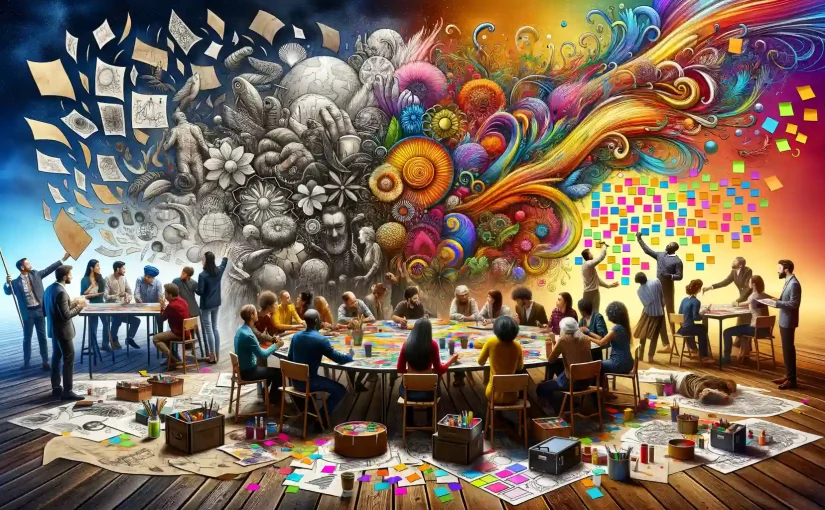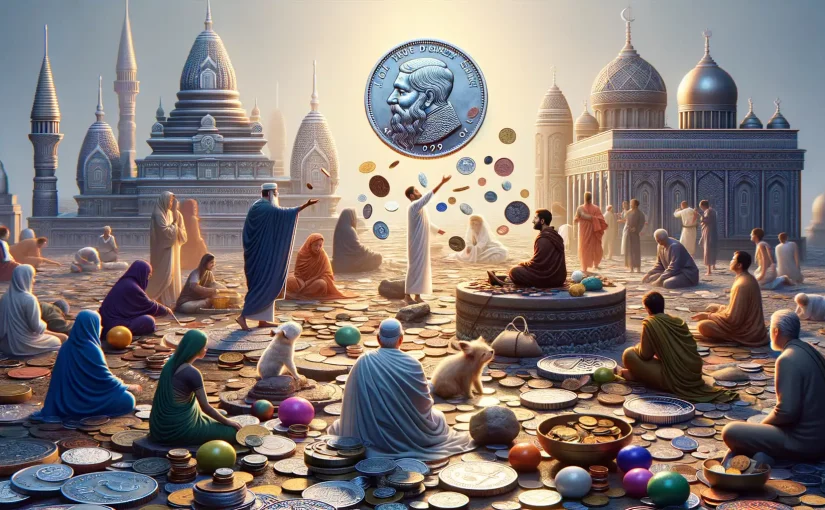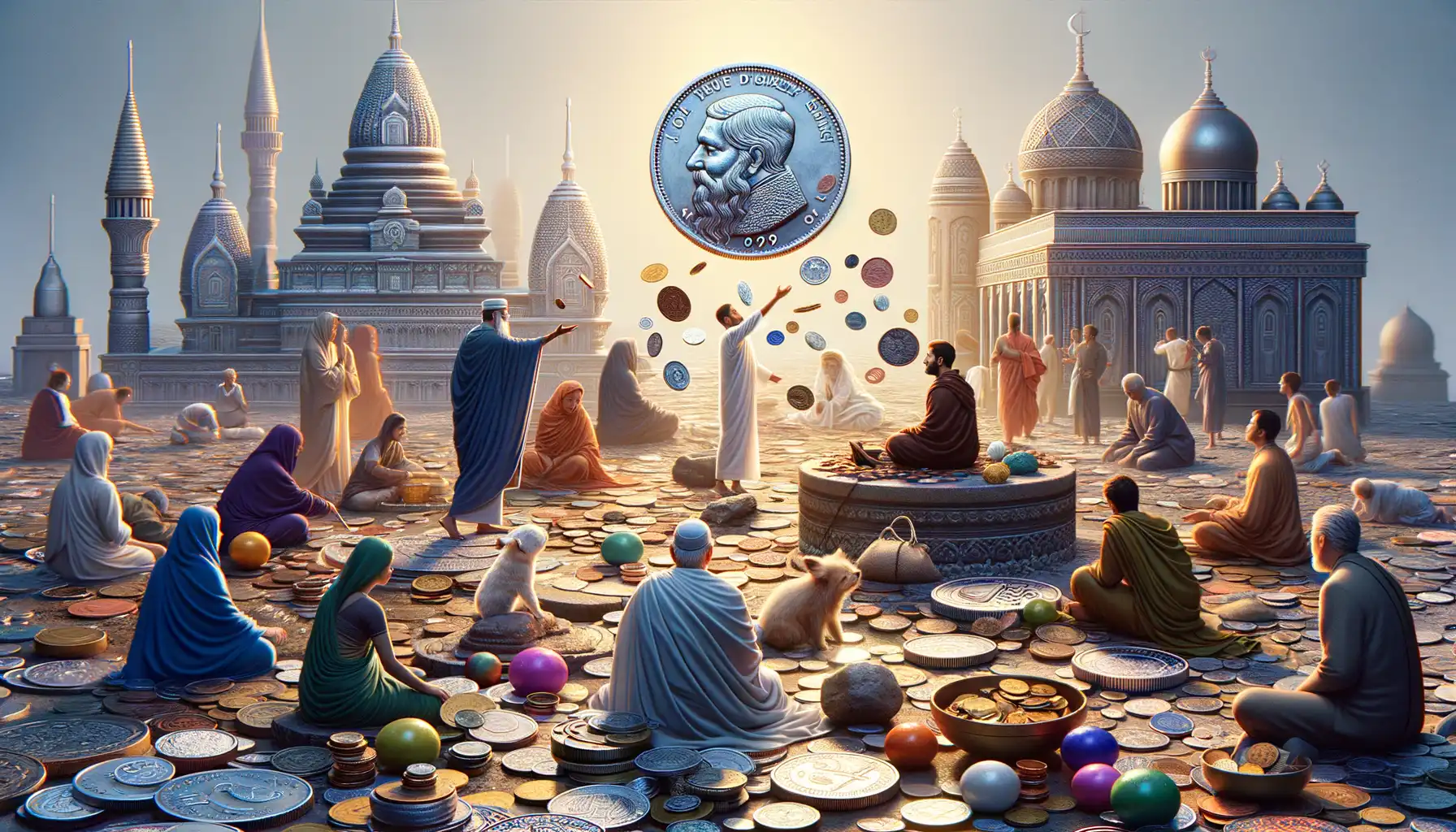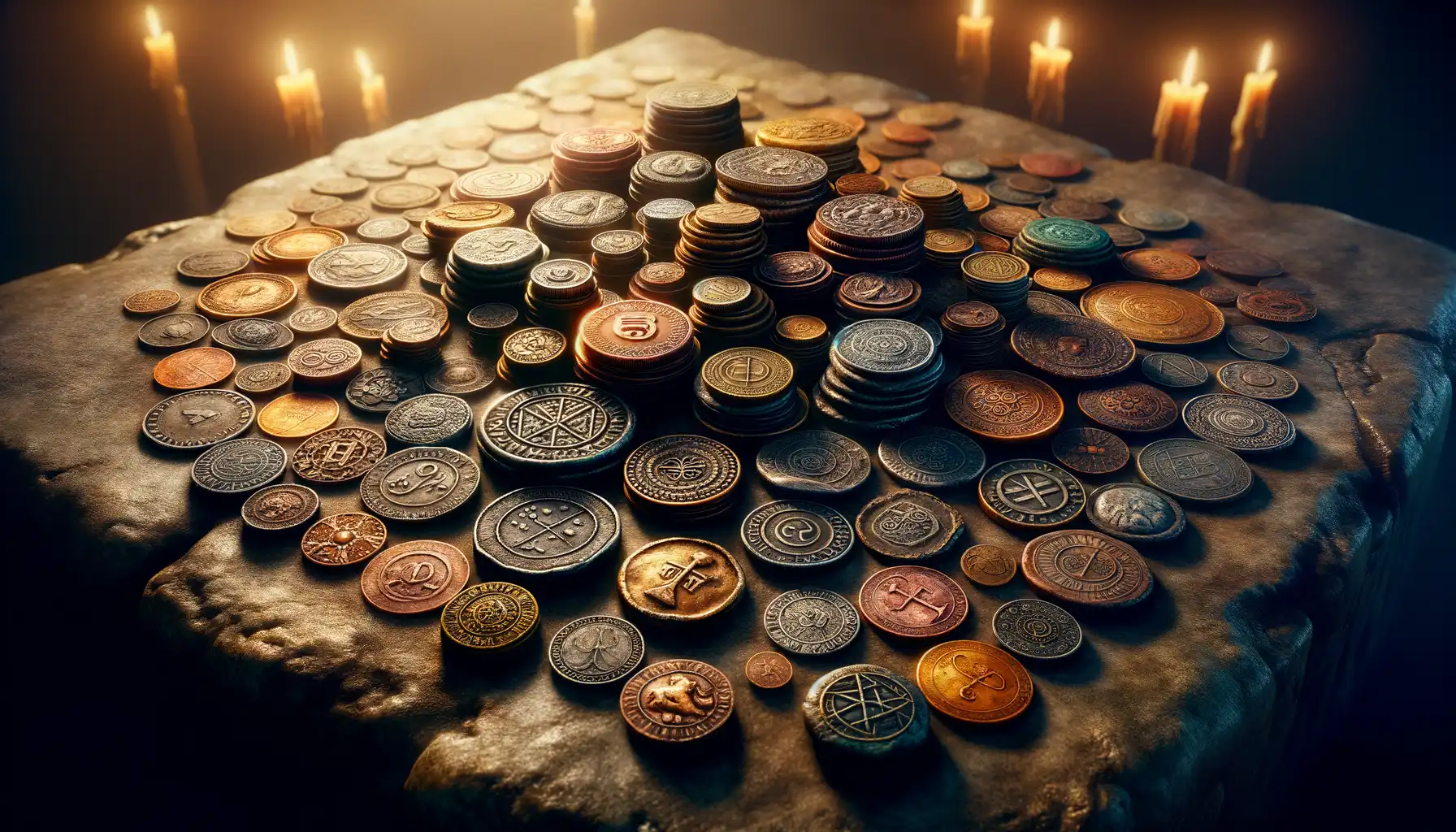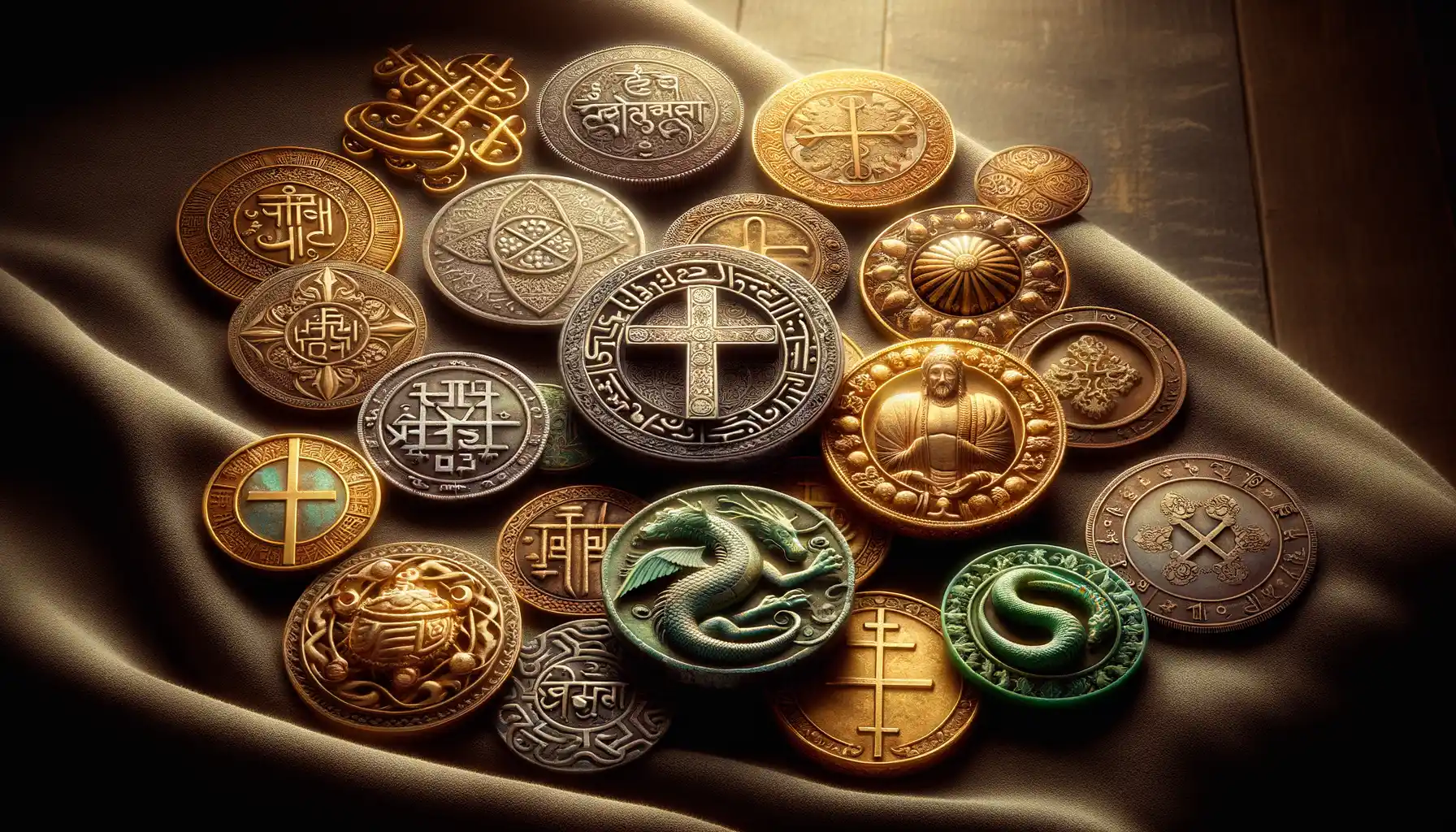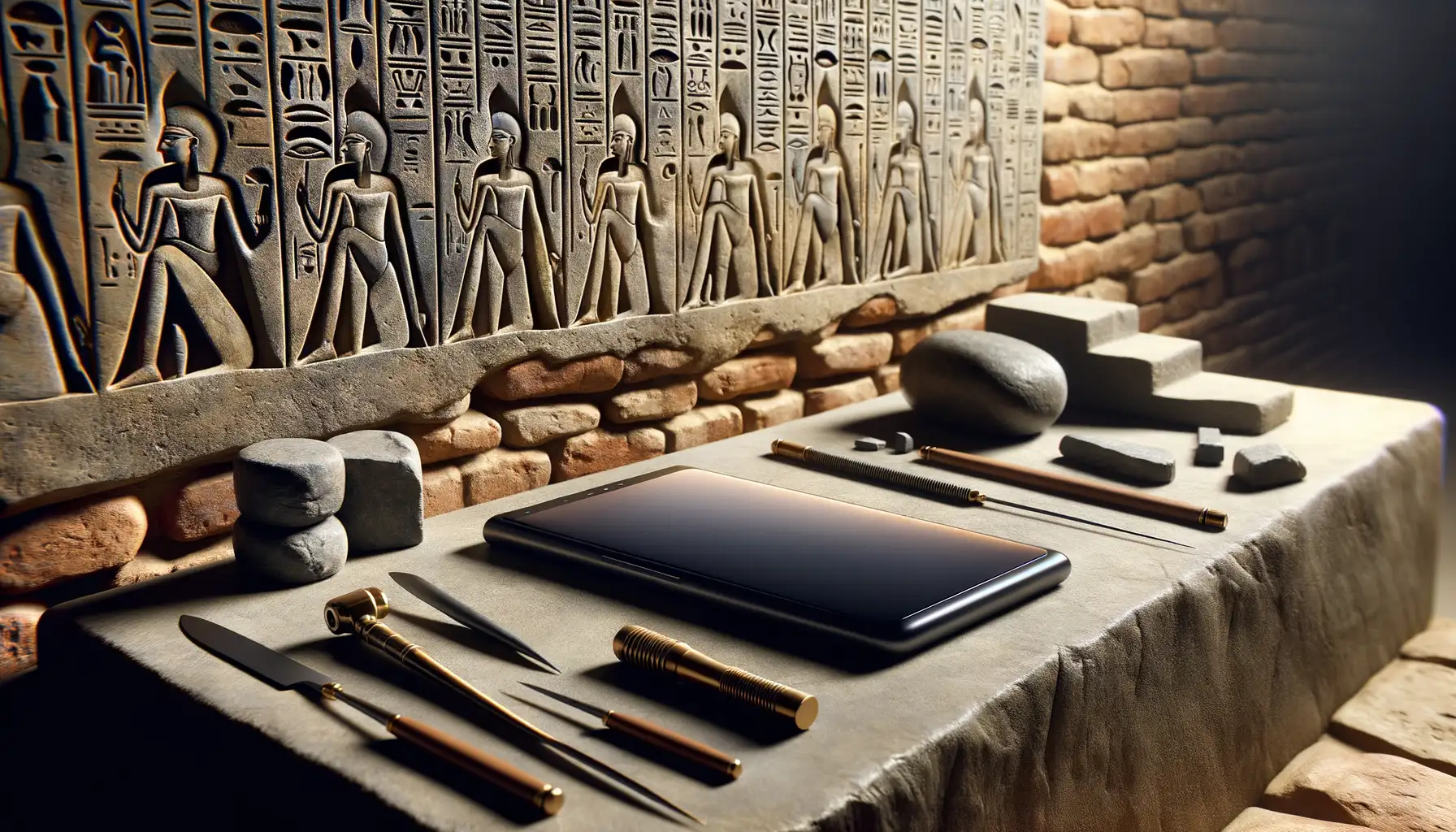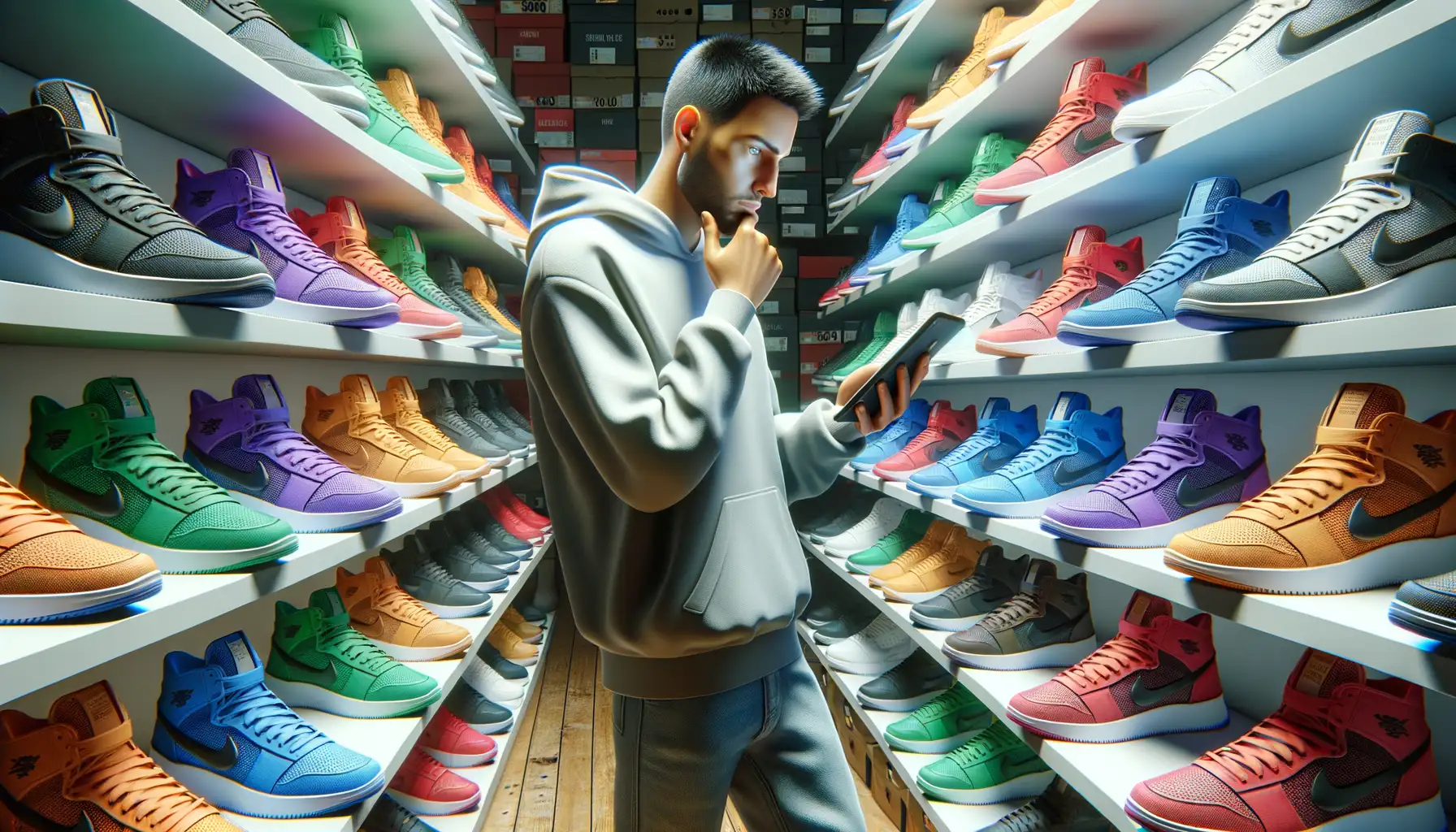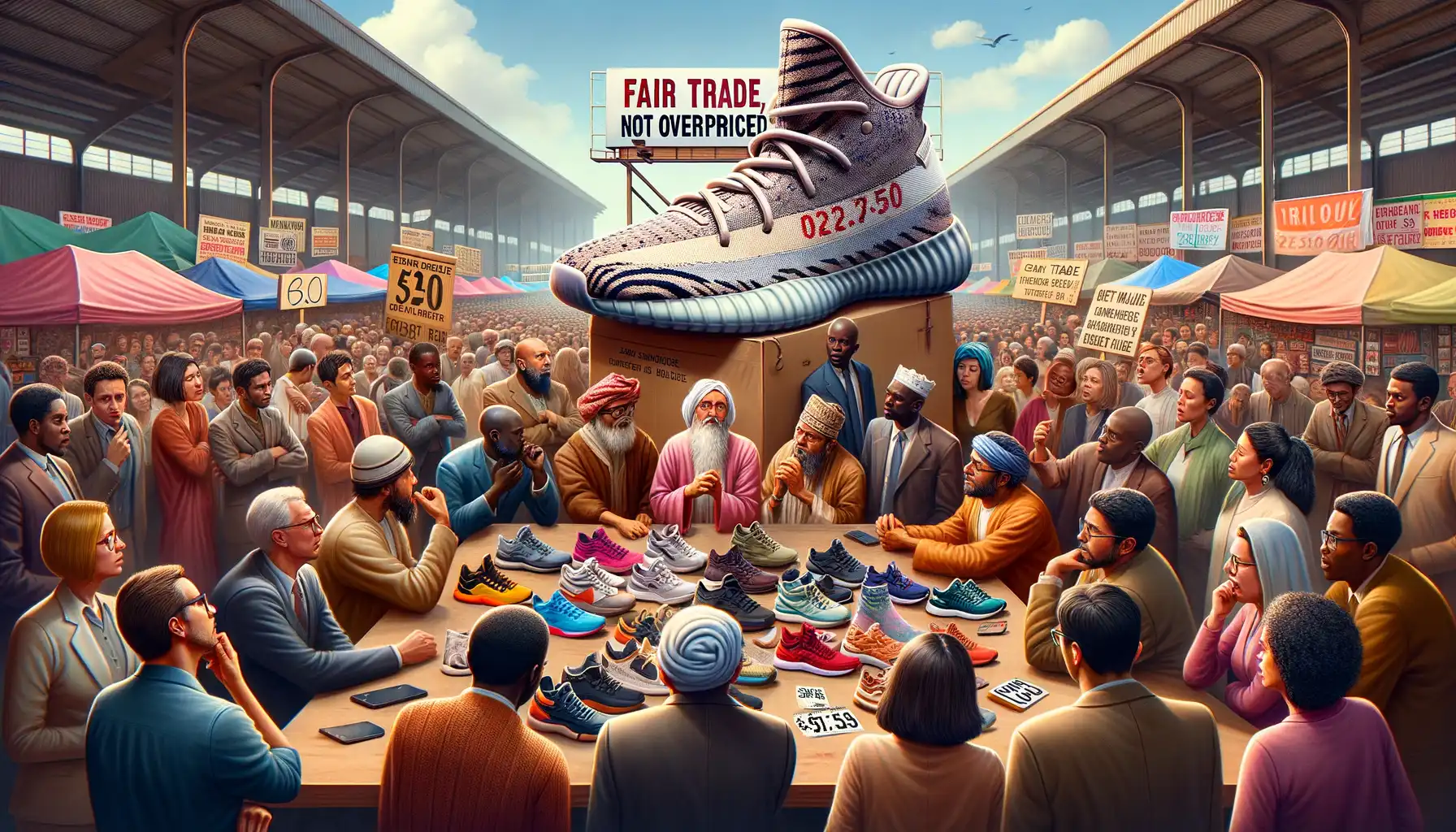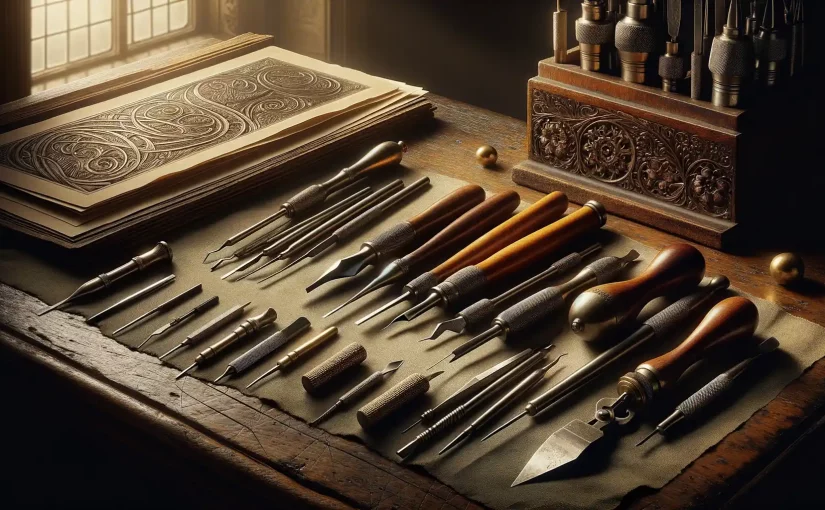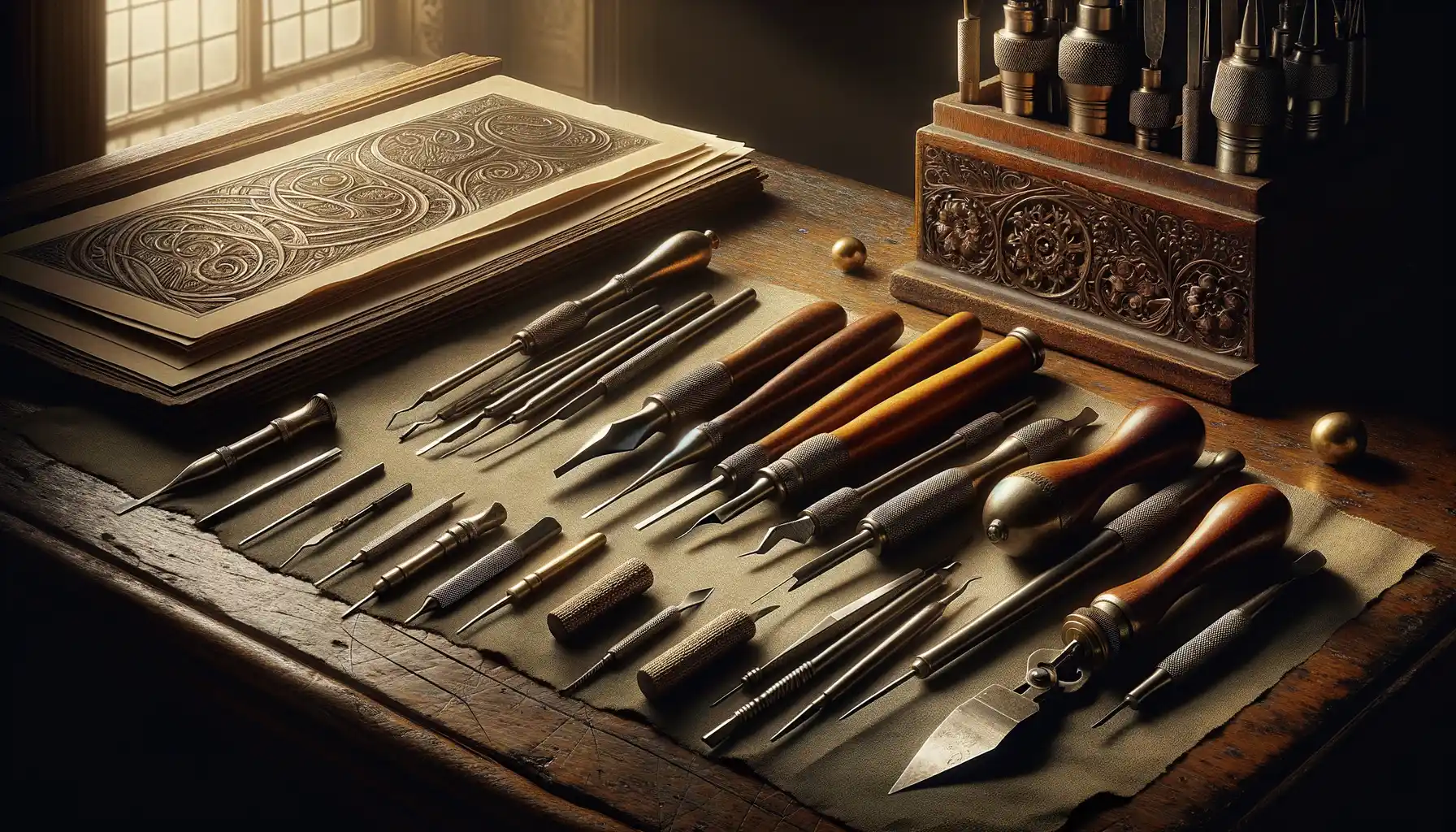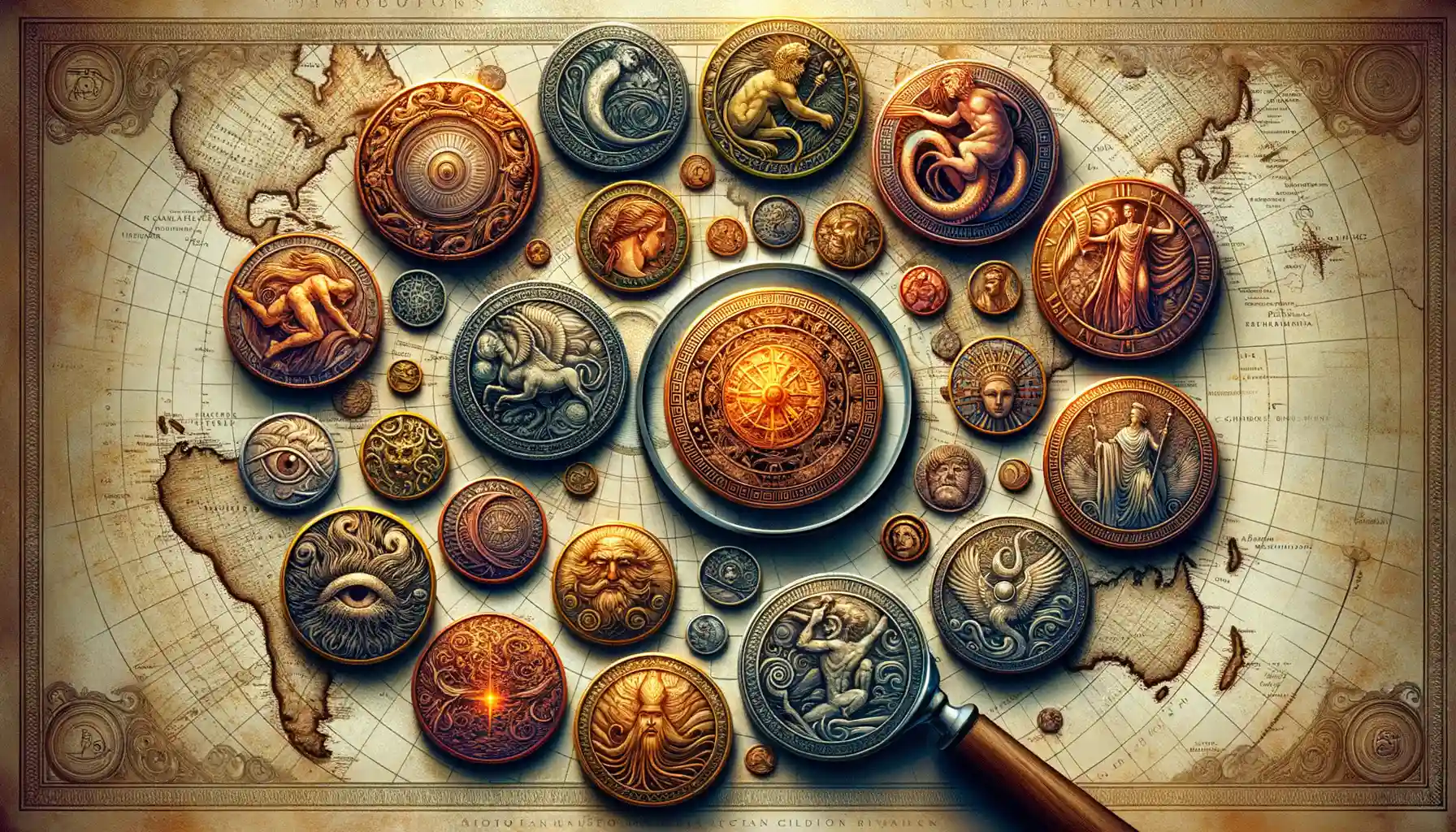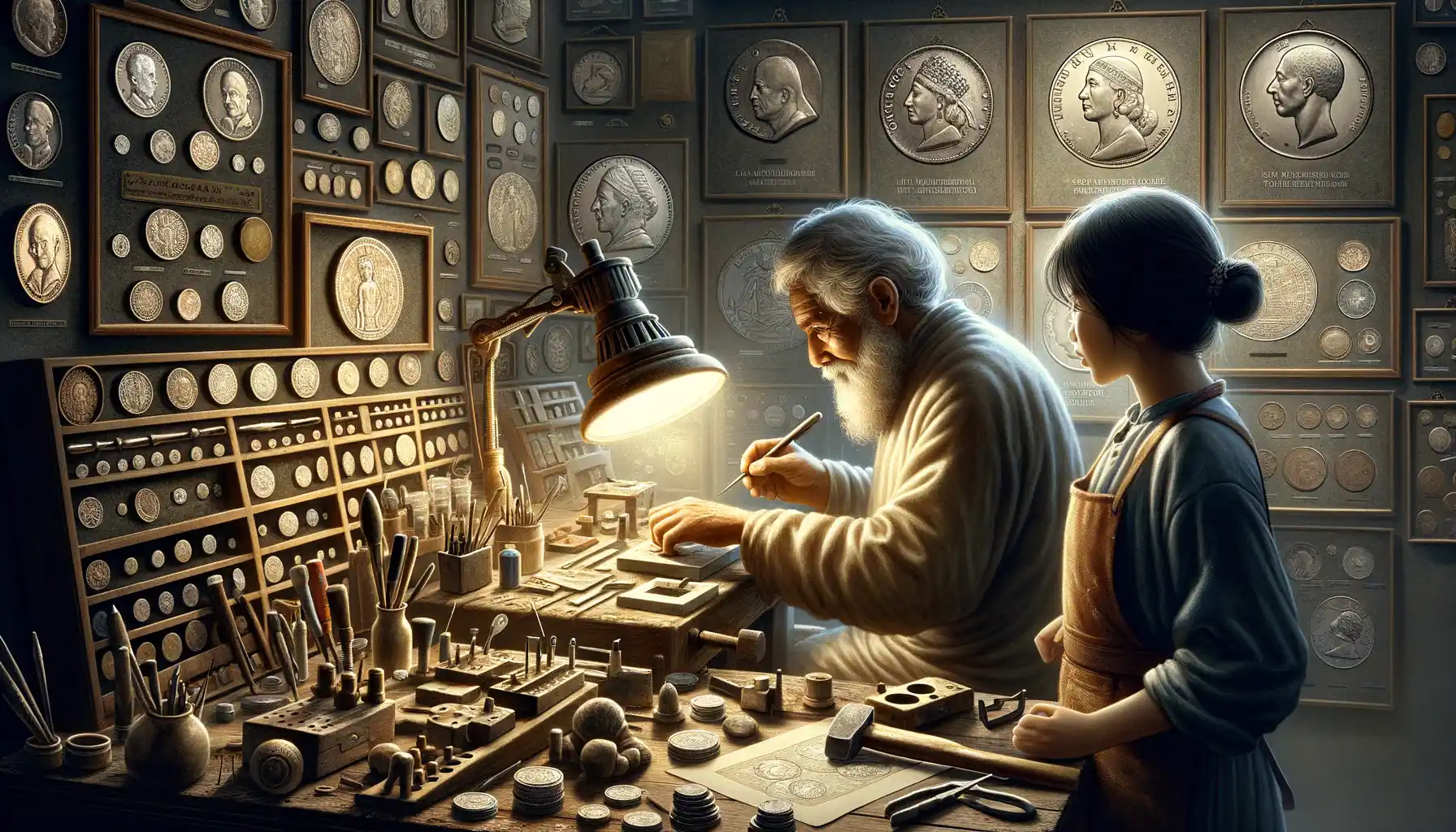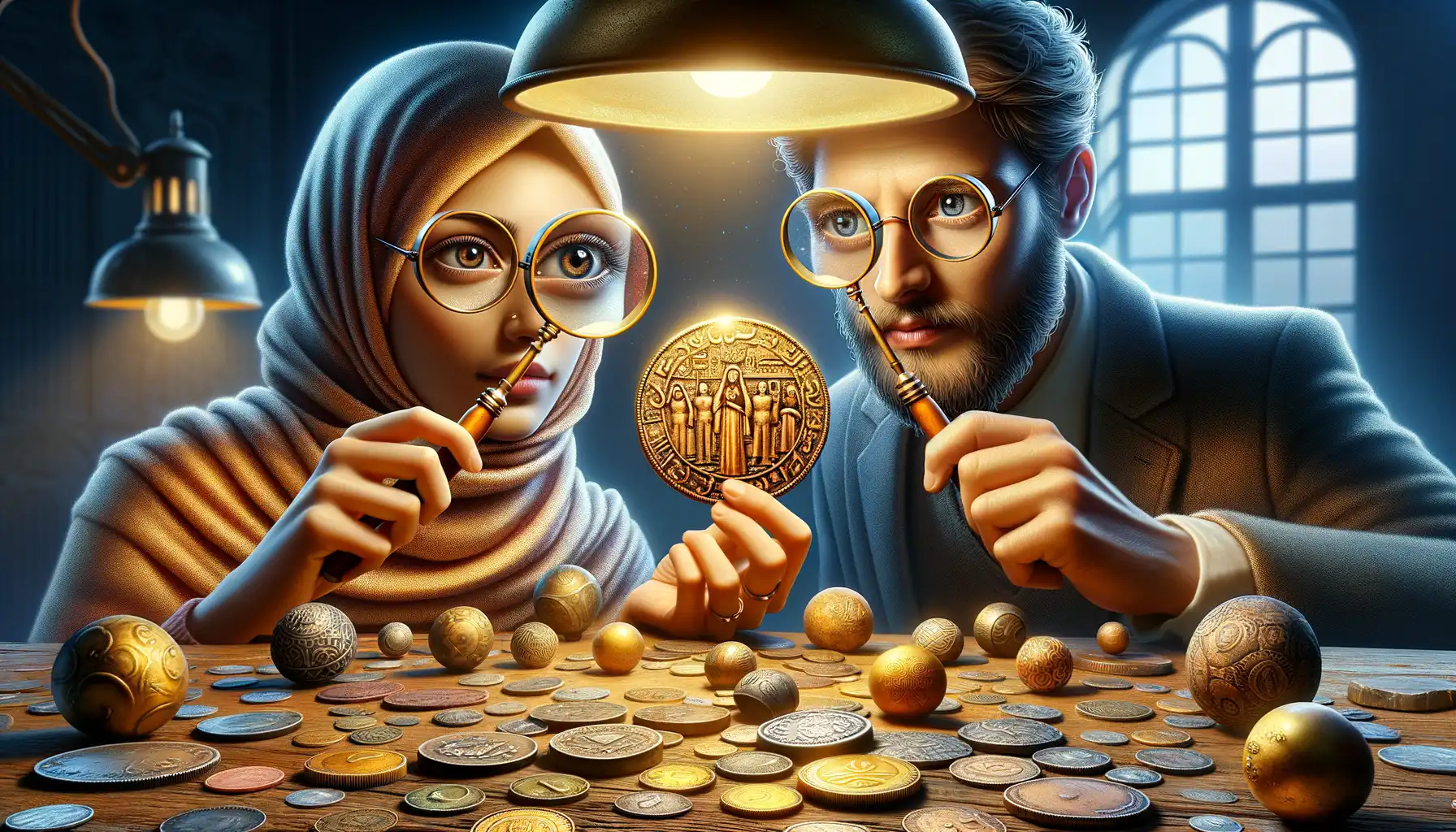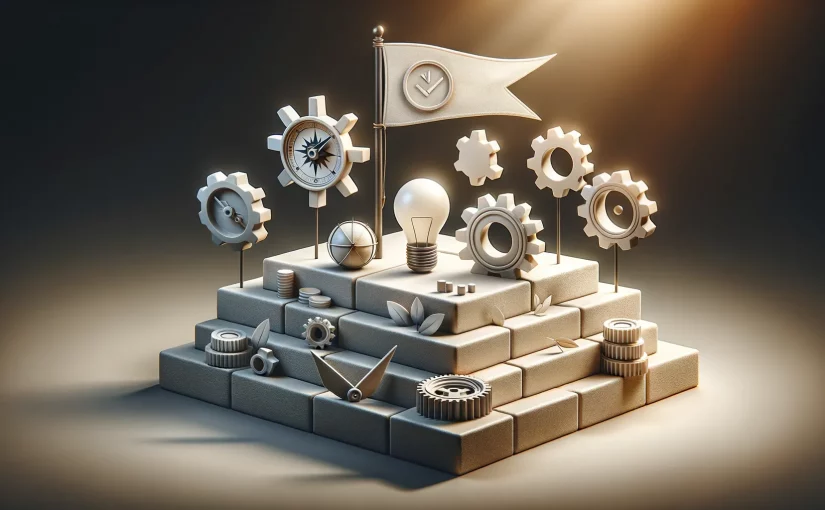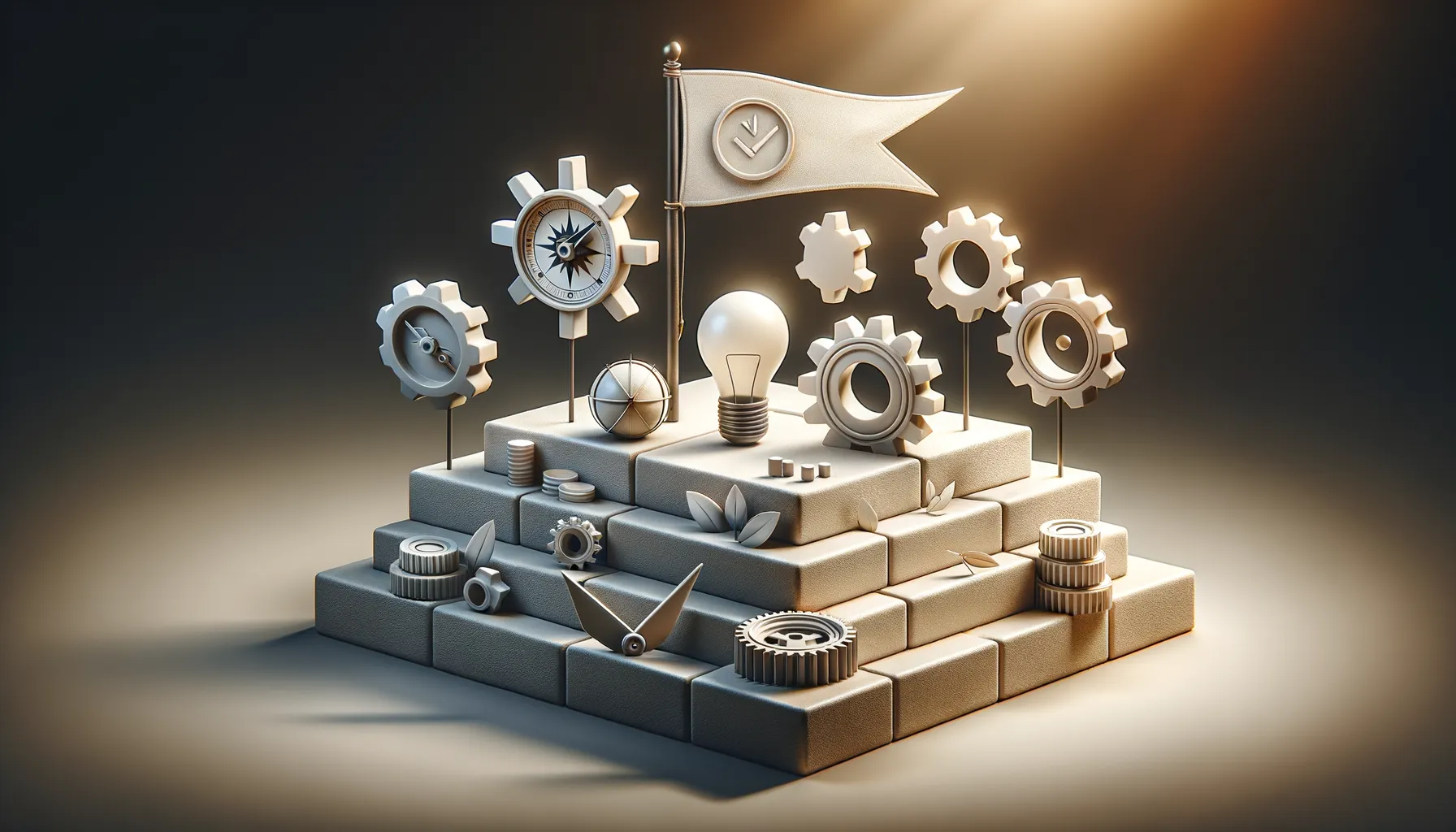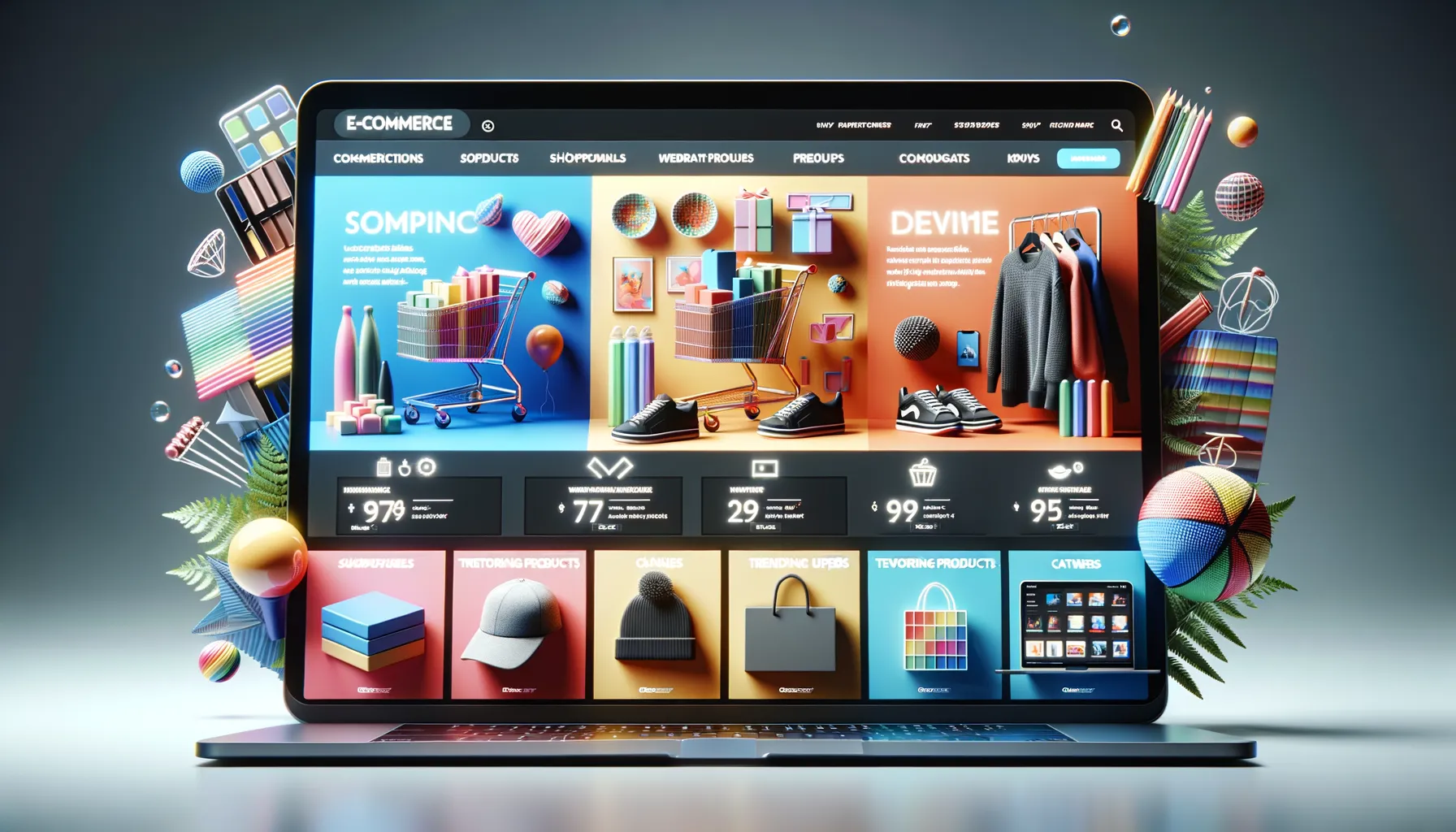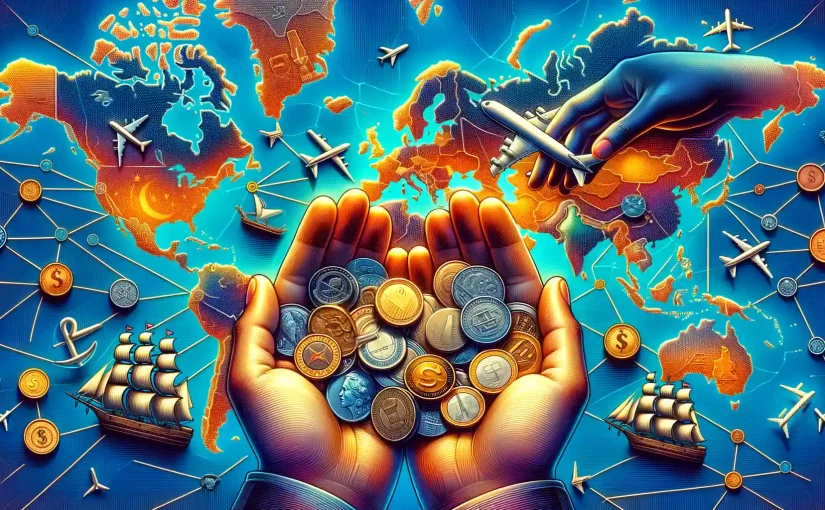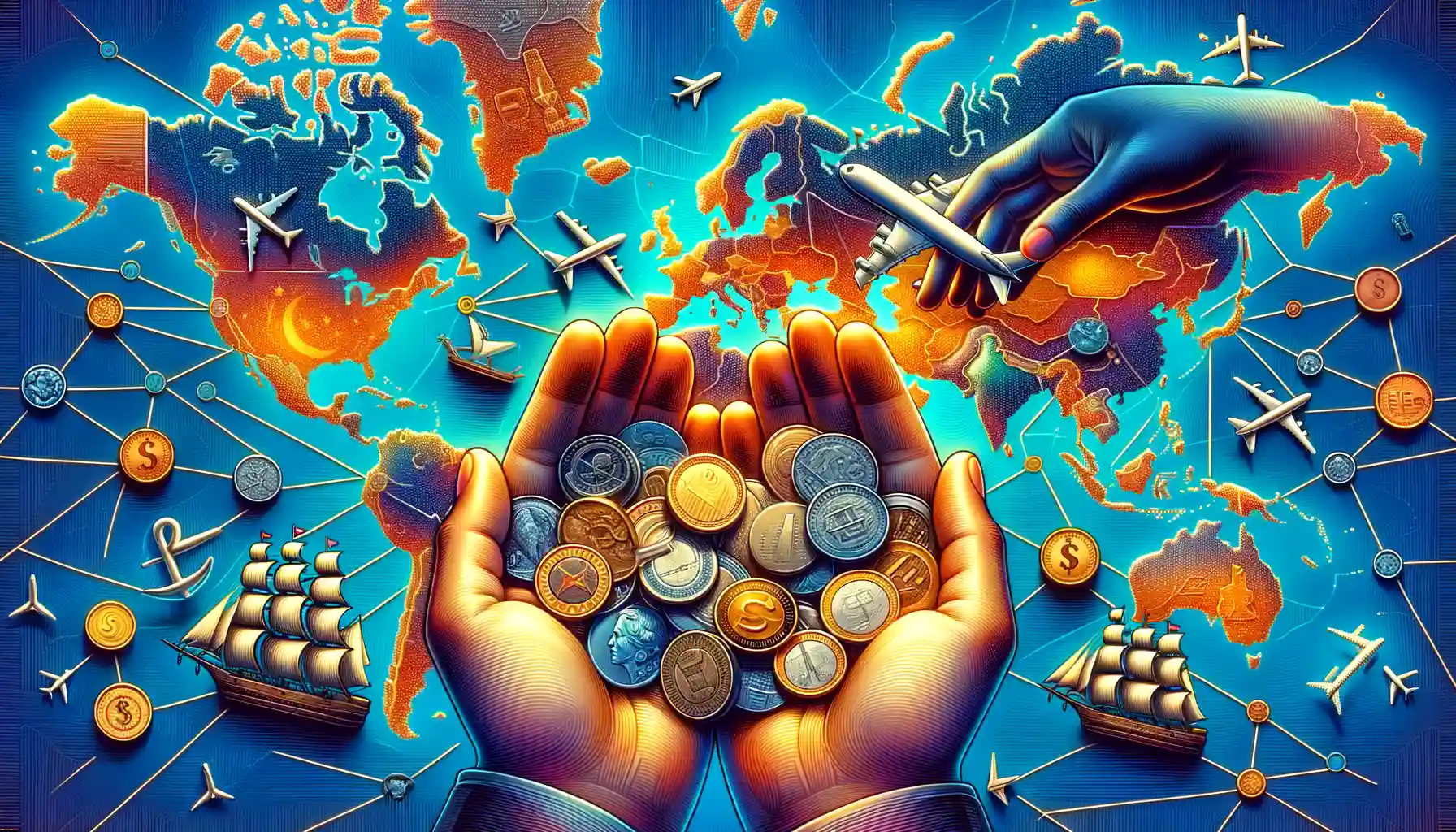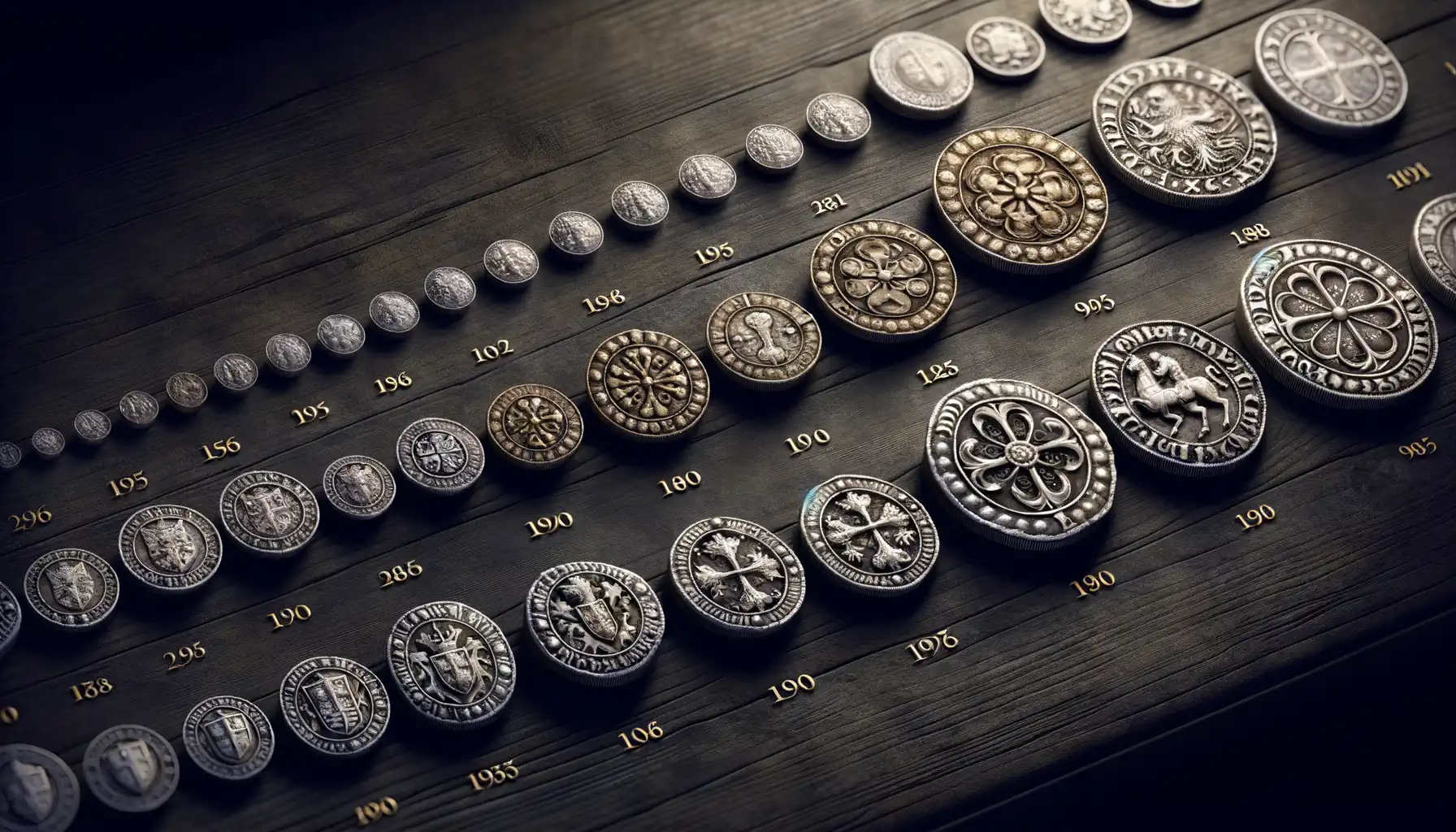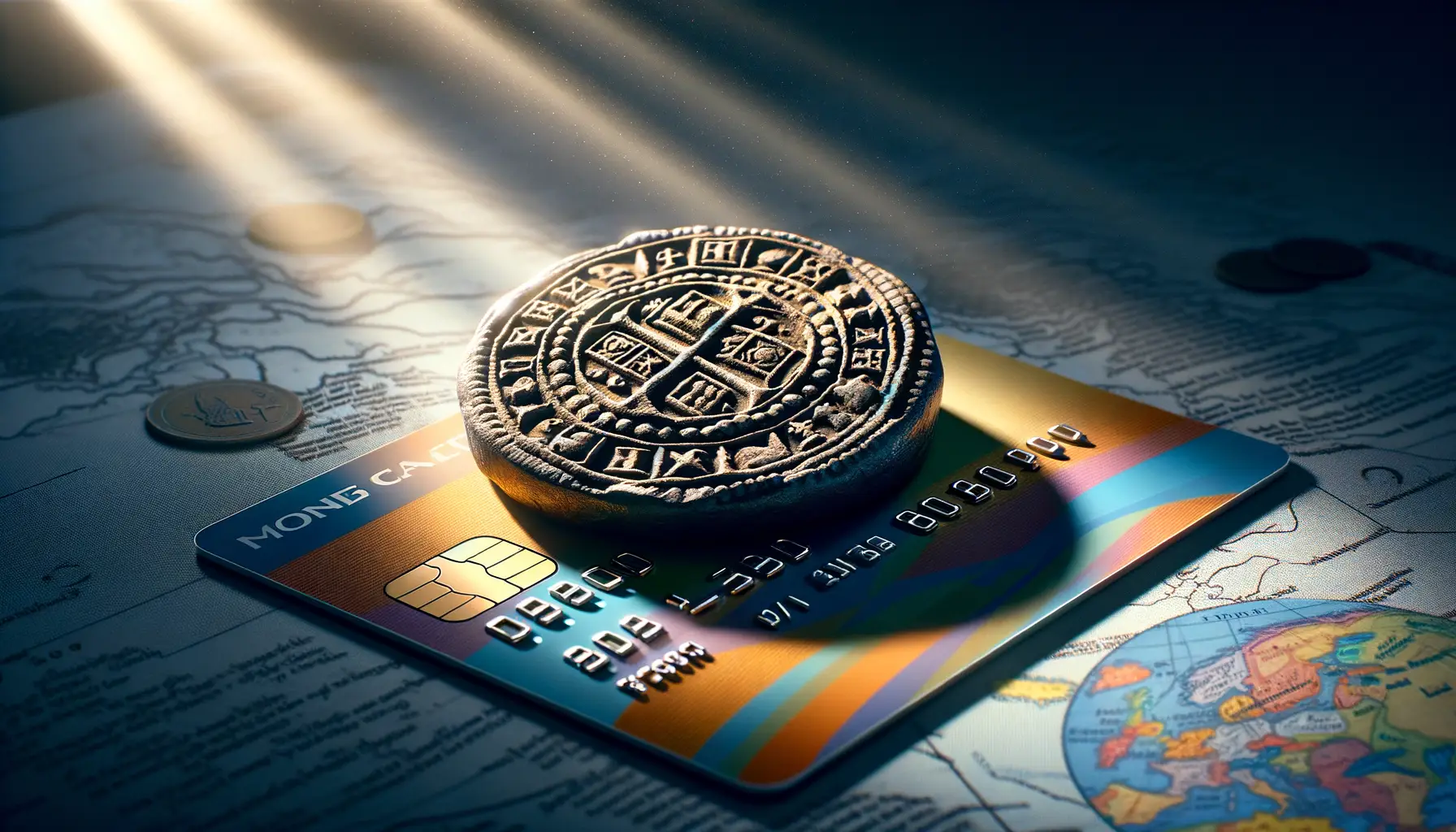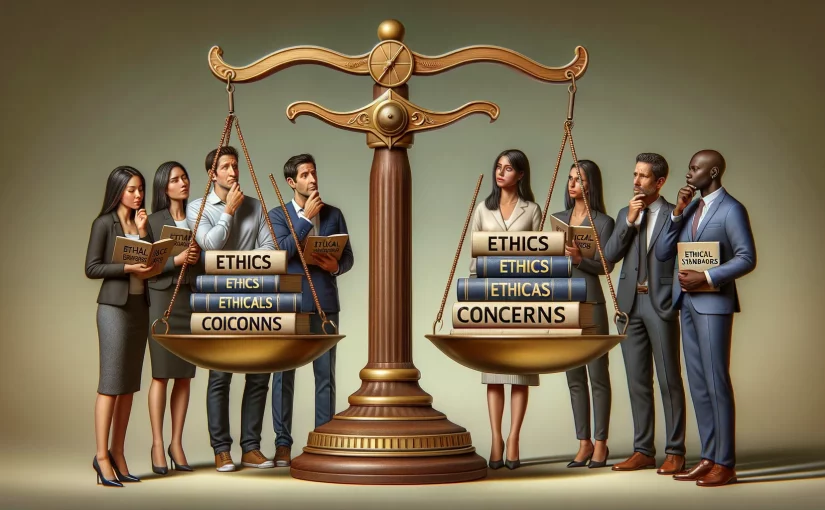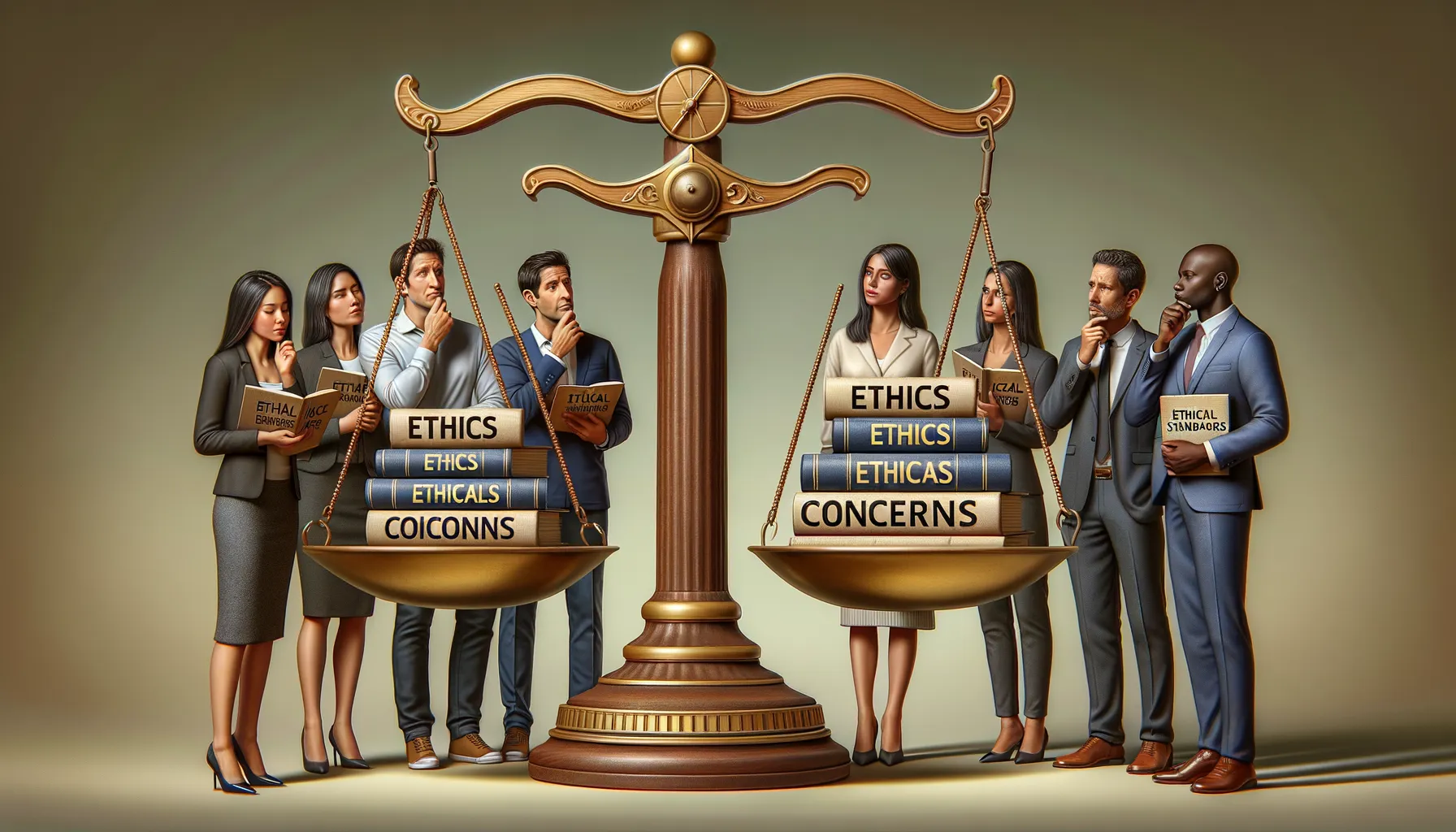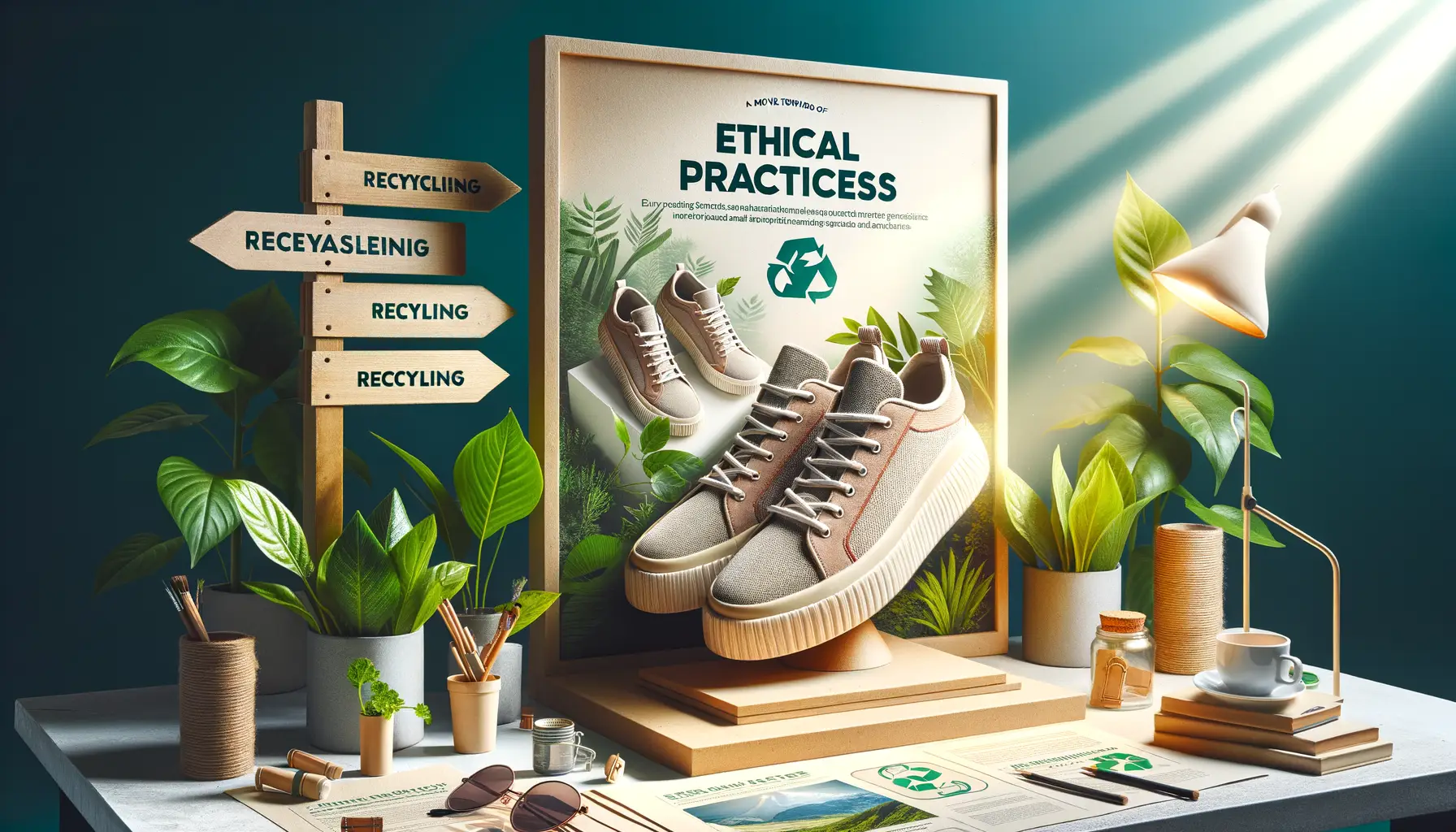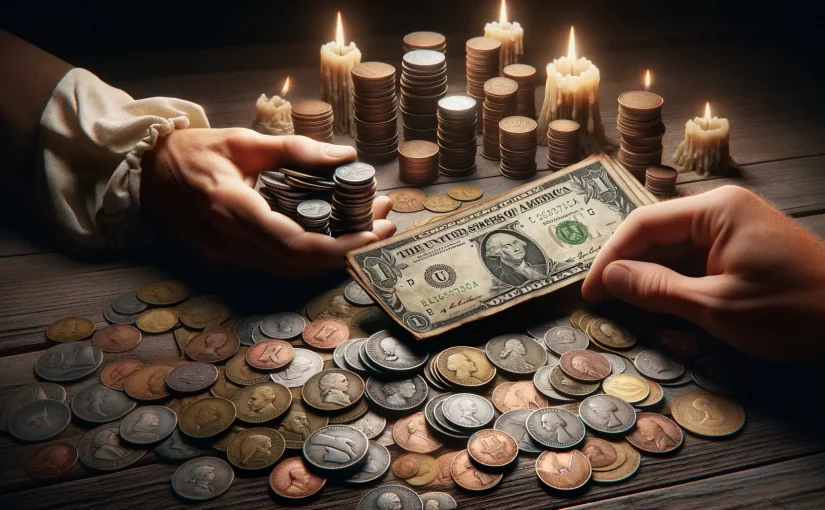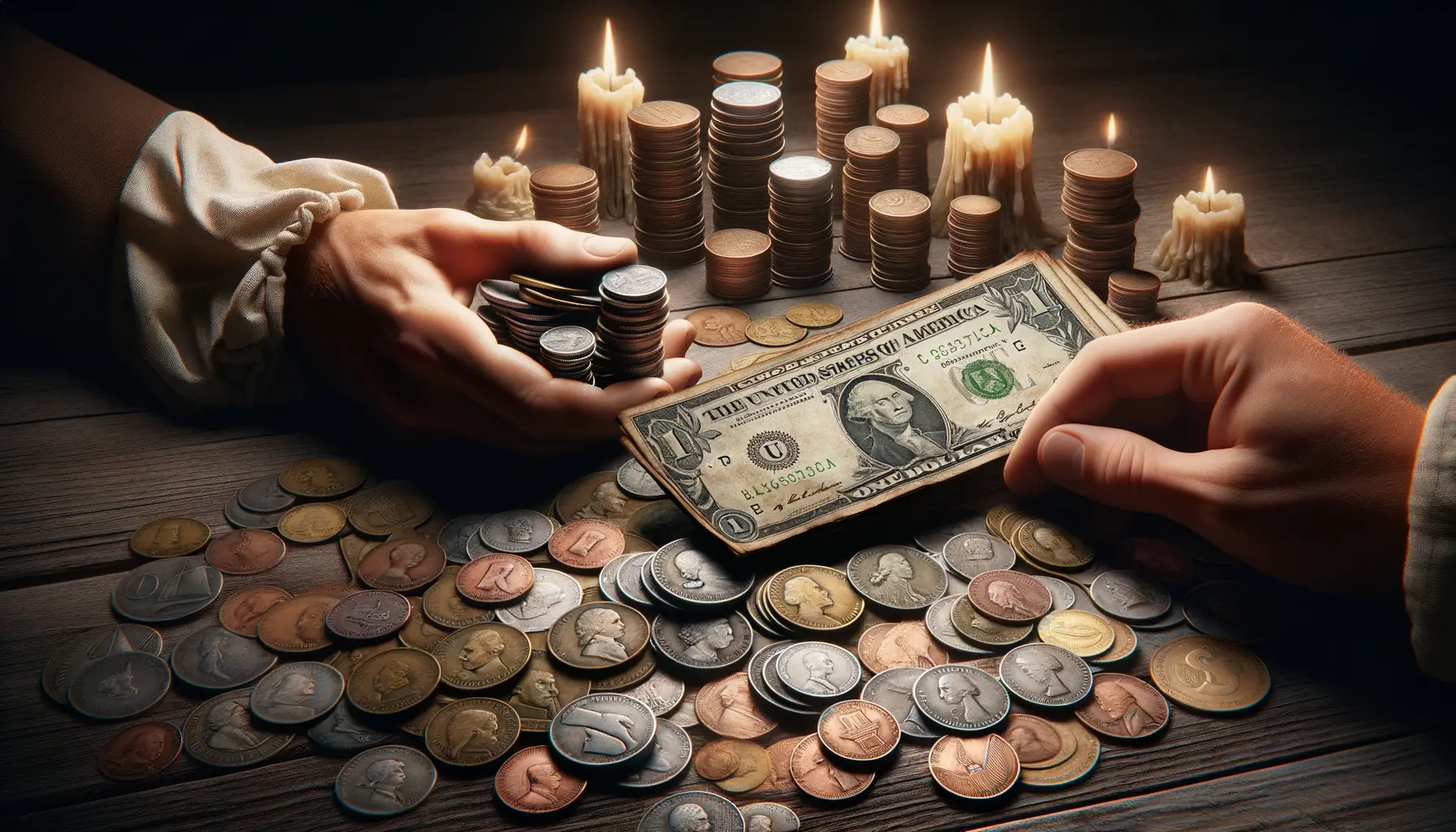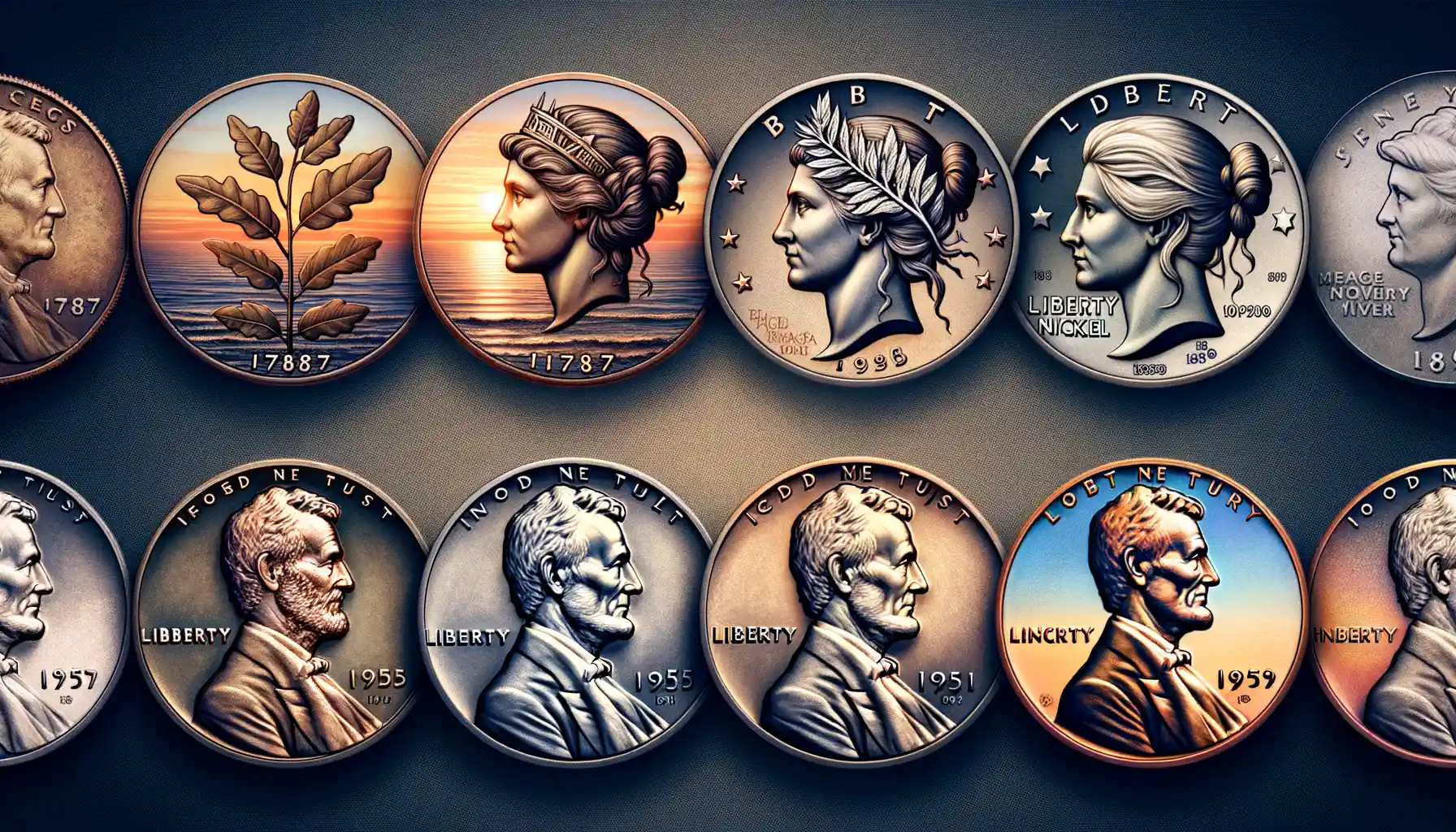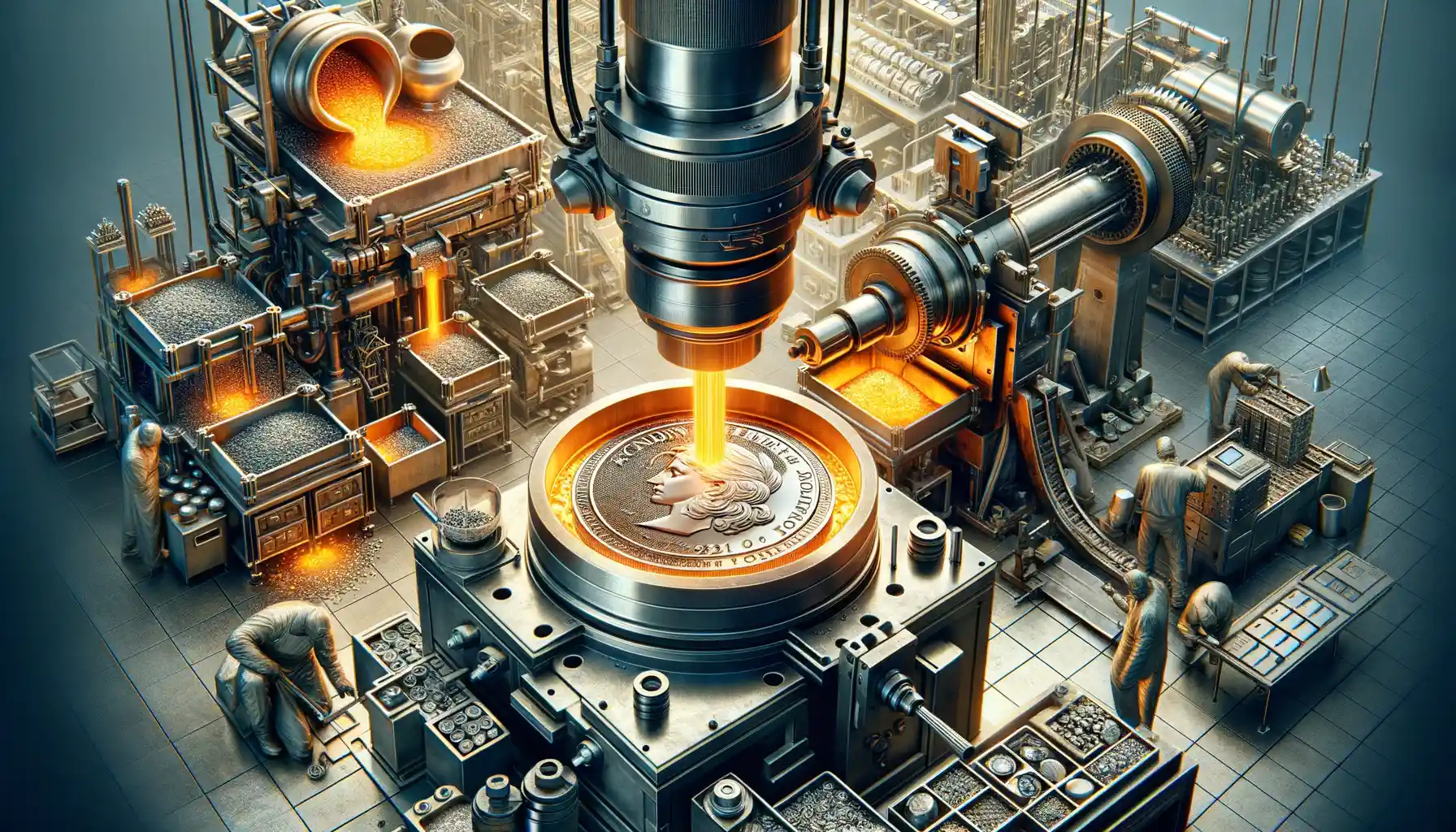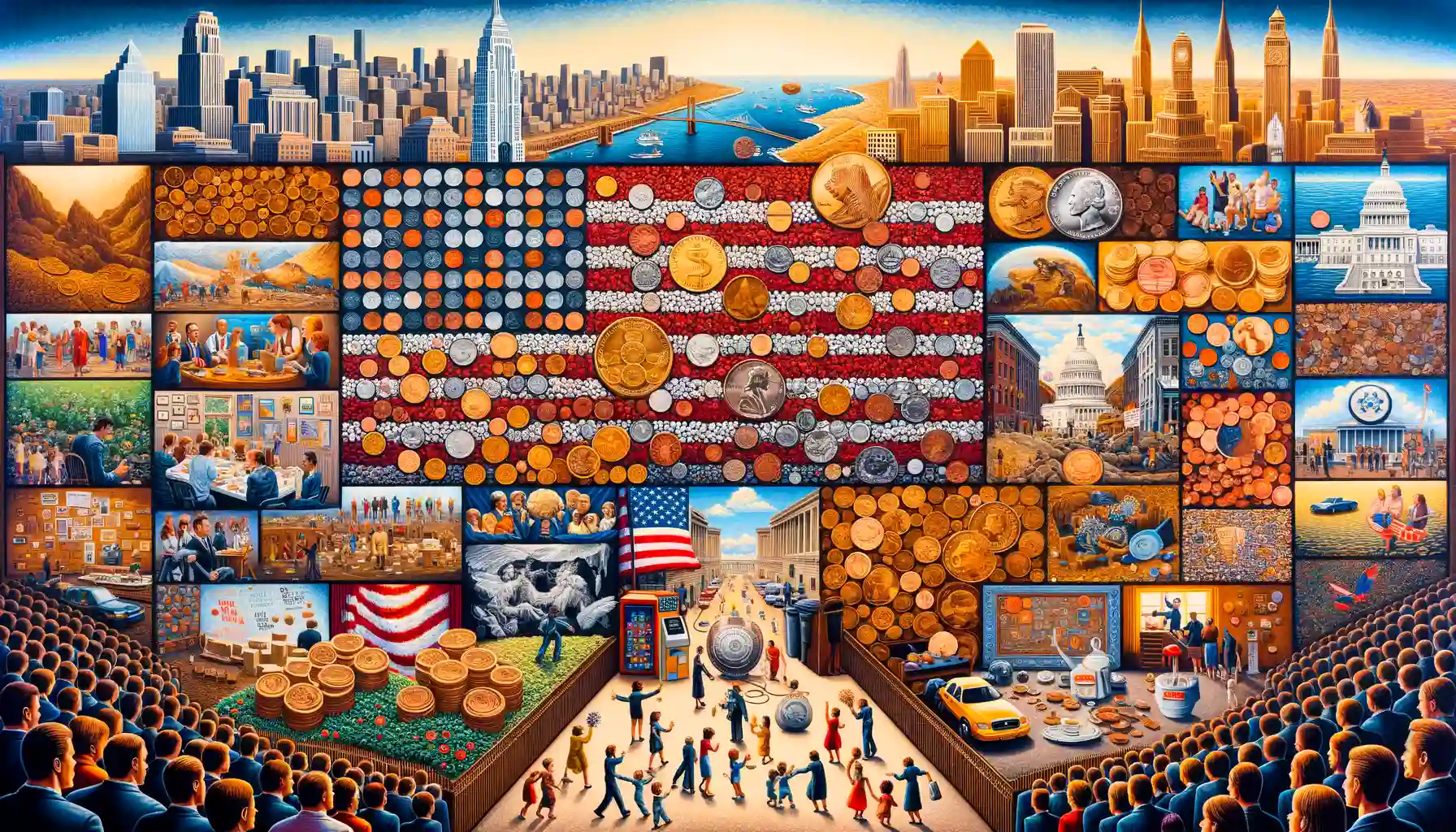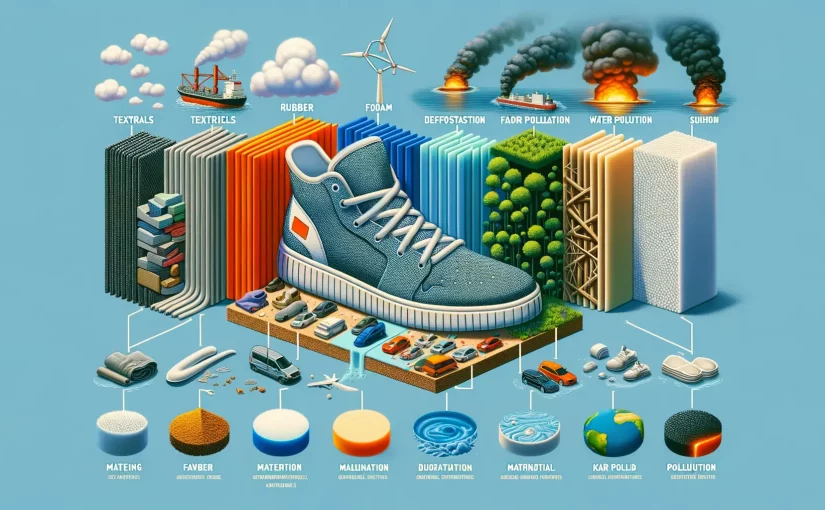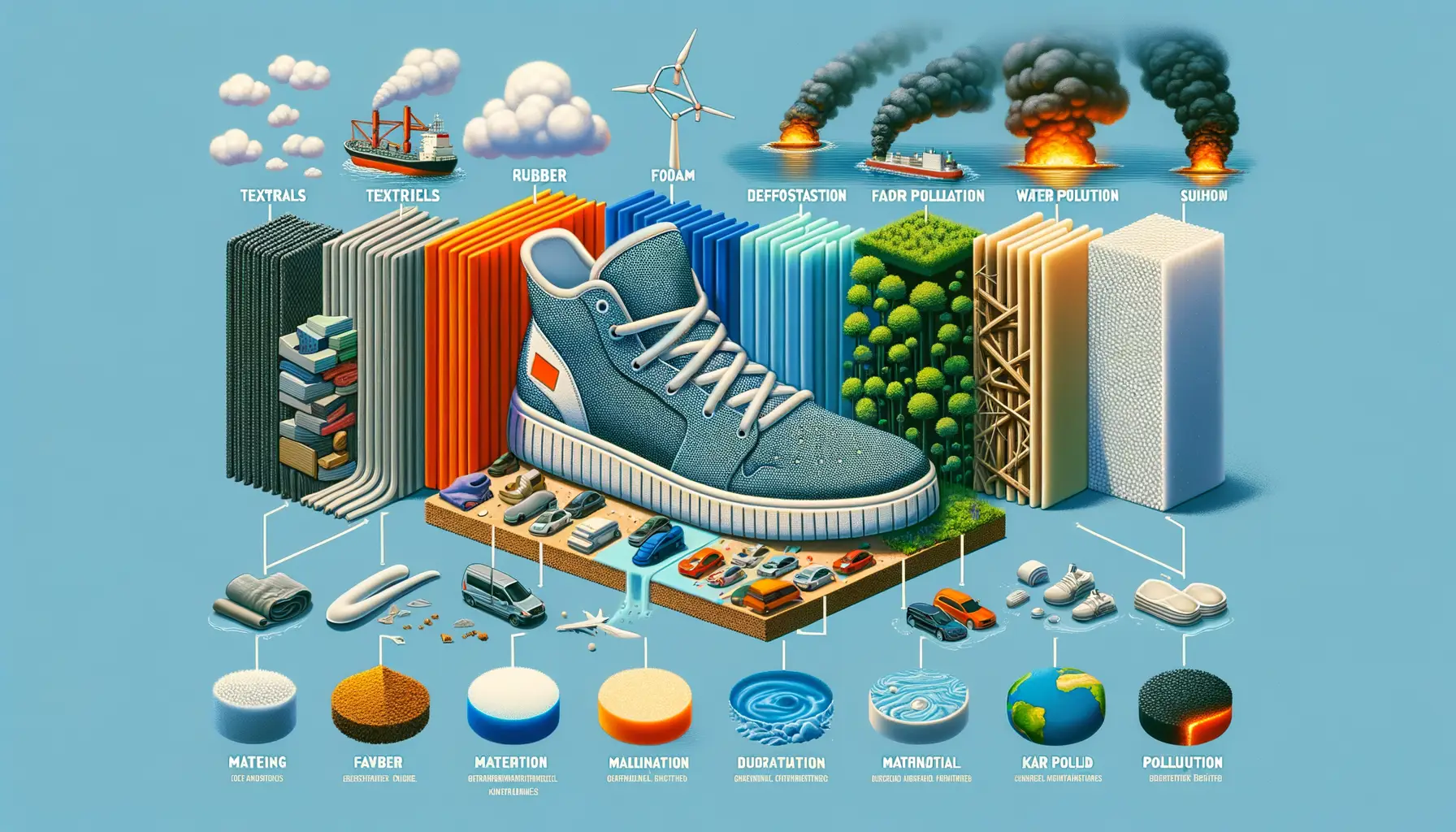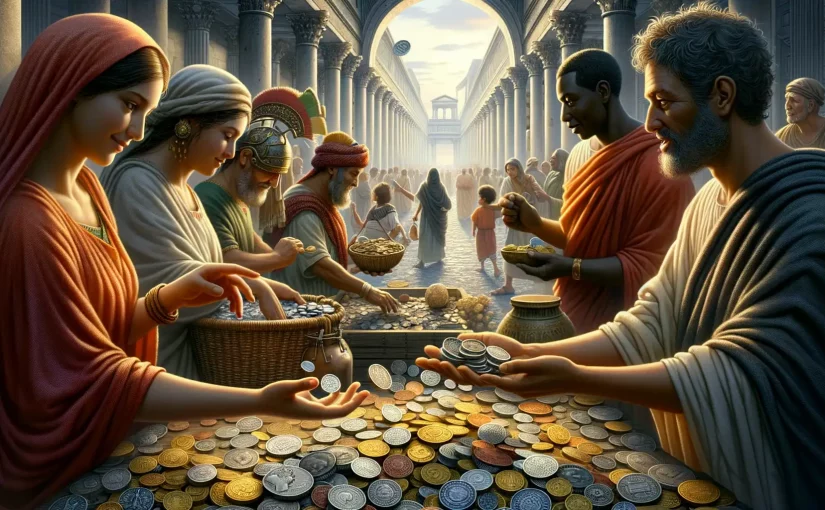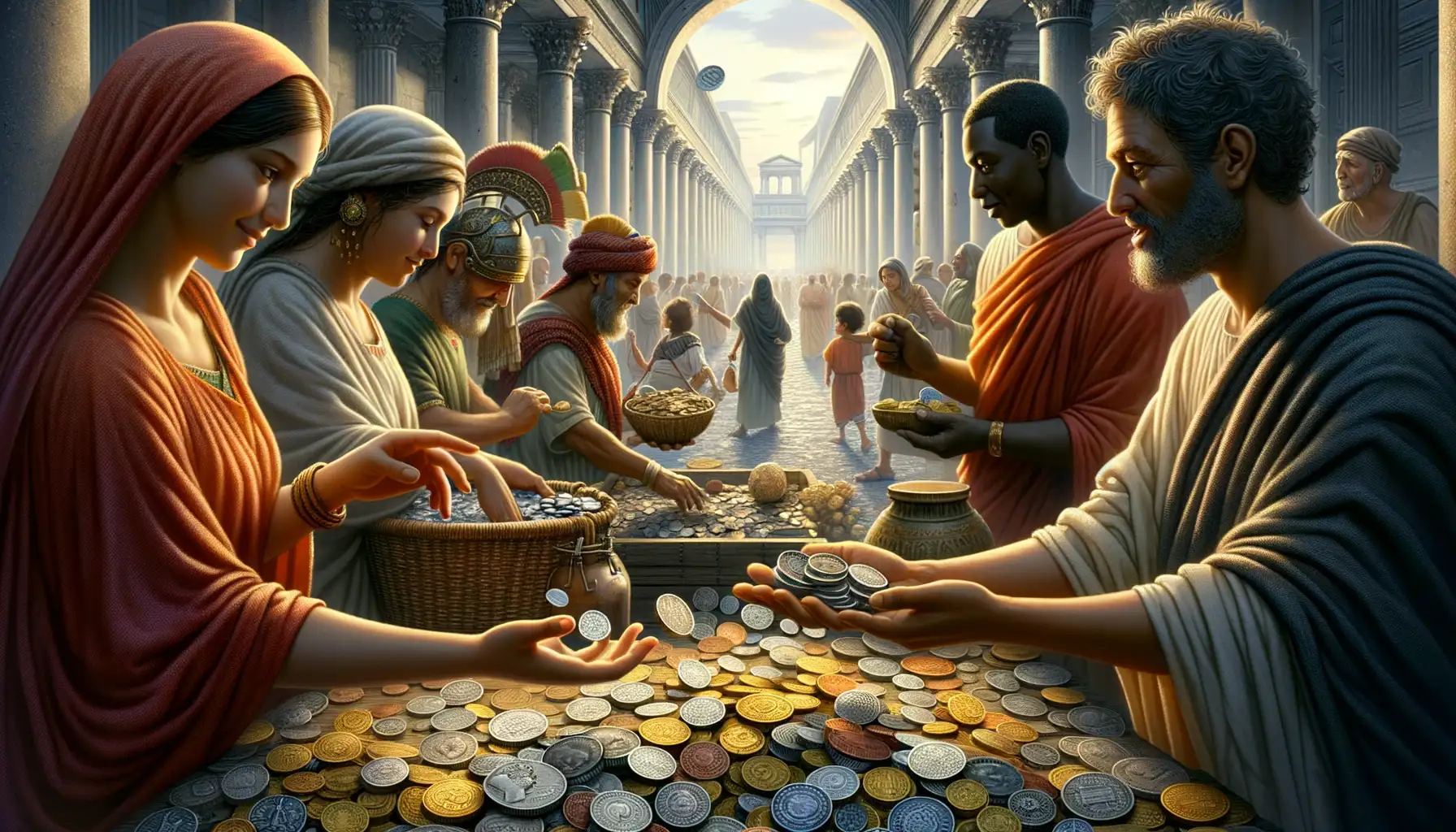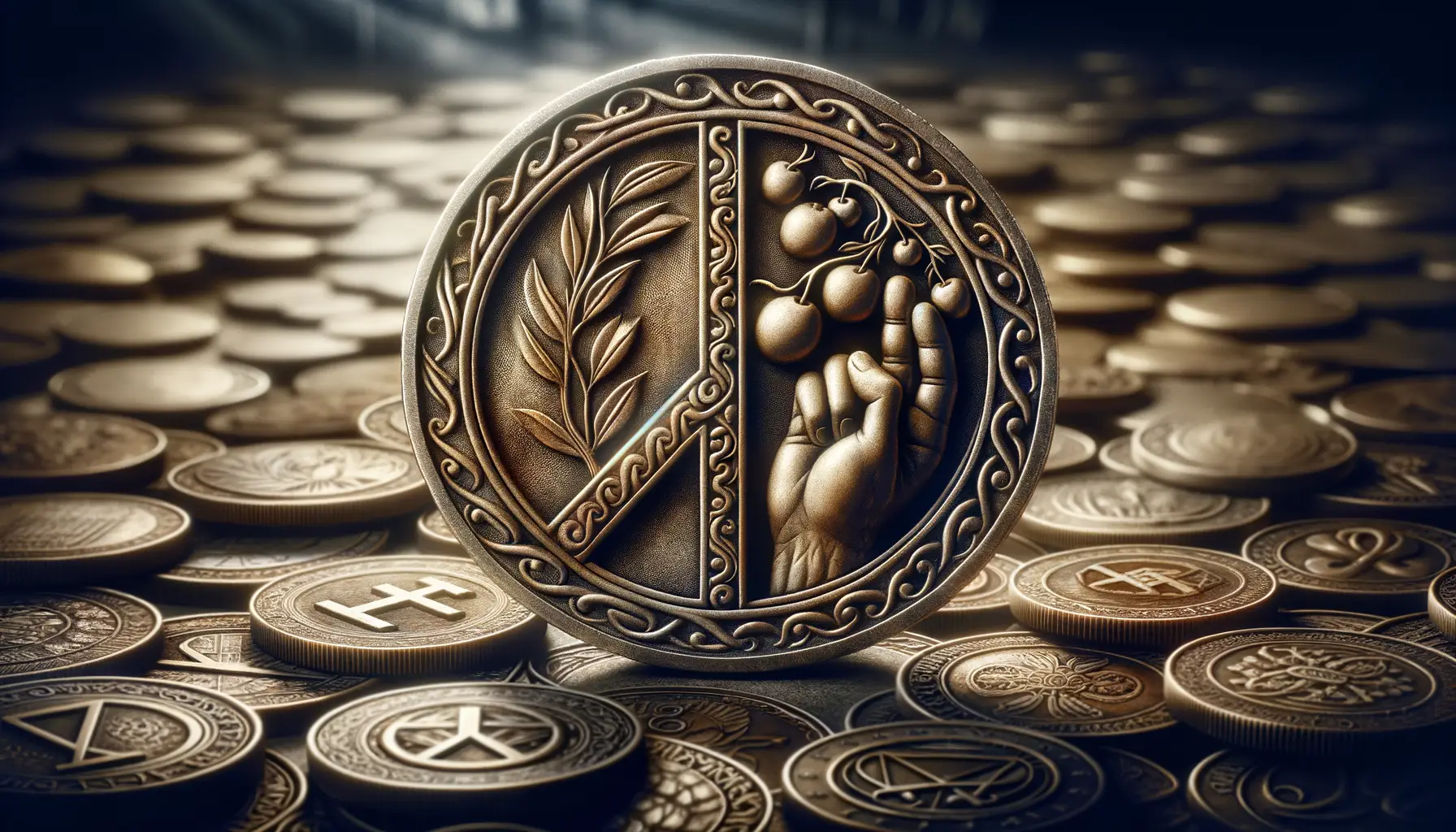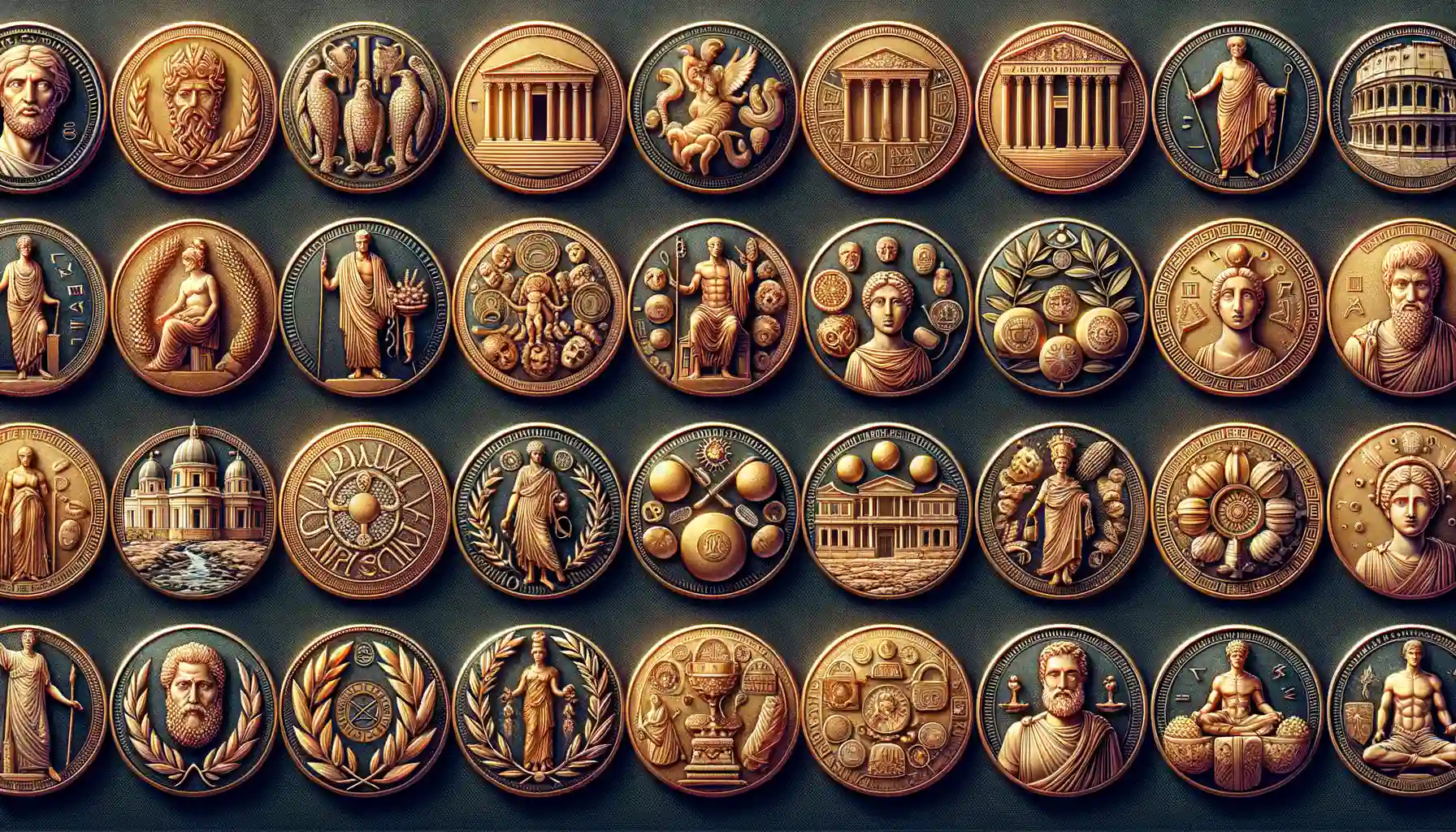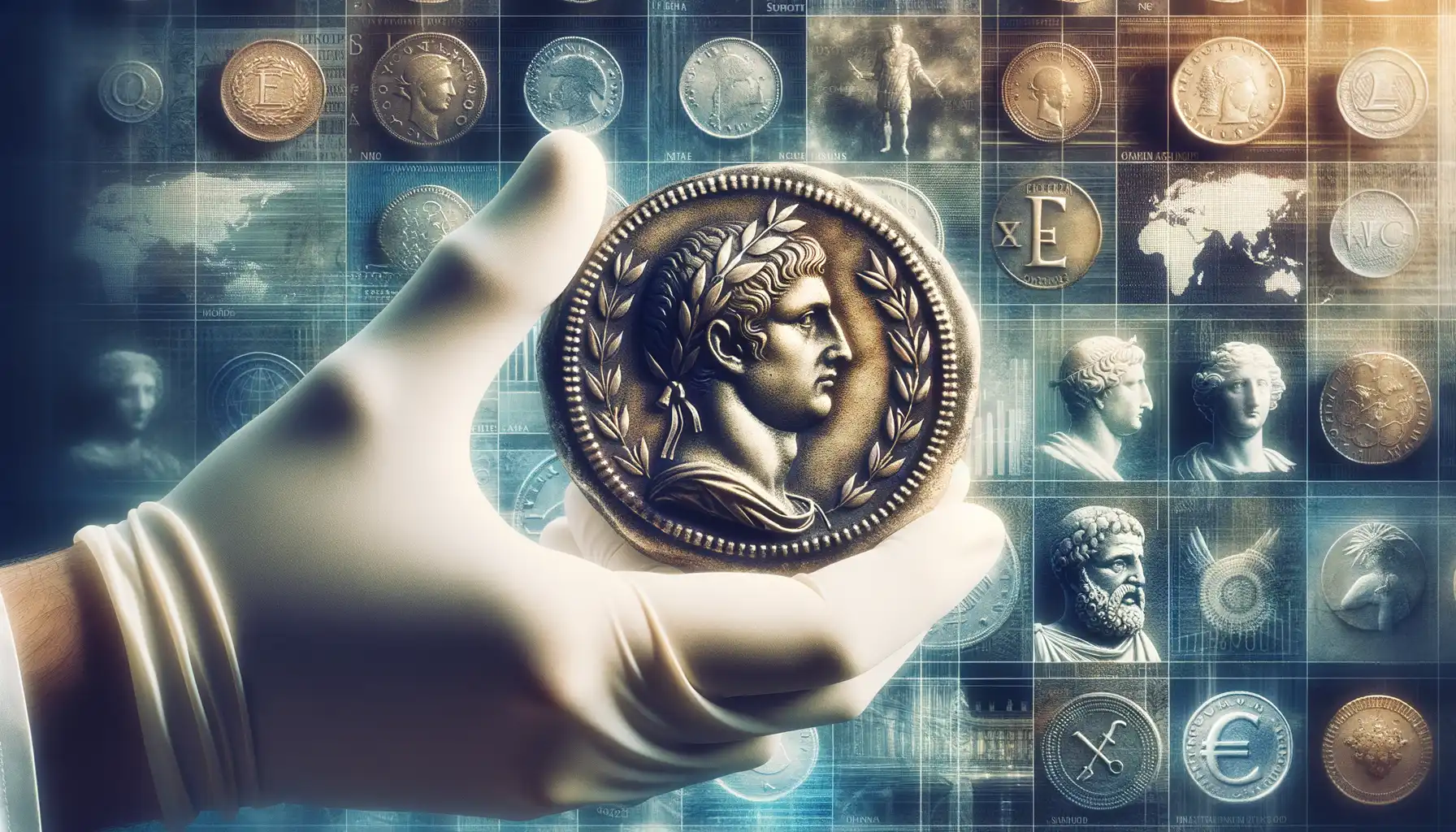Introduction to Sneaker Customization Communities
Step Into a World of Creativity and Connection
Imagine a space where passion meets innovation, where your love for sneakers transforms from a personal obsession into a shared experience. That’s the magic of joining a sneaker customization community. These groups aren’t just forums; they’re like dynamic workshops buzzing with energy, where every member adds their unique flair to the mix.
It’s not just about painting Air Force 1s or reimagining Jordans with bold colors. It’s about storytelling—expressing who you are through every stitch, dye, or stencil. And here’s the best part: you don’t have to figure it all out solo. Someone else has probably already wrestled with the same challenge you’re facing (looking at you, stubborn paint cracking issues). That’s where the support shines.
- Ever wondered how to create that perfect ombré fade? Someone will guide you step by step.
- Need honest feedback on your design? You’ll get constructive, straight-from-the-heart advice.
- Stuck on material sourcing? There’s always that one insider who knows a game-changing vendor.
From novices to legends of the craft, everyone’s voice matters in these communities. The sense of connection is electric—you’re never just a spectator; you’re part of the show.
Why Joining a Community Enhances Creativity
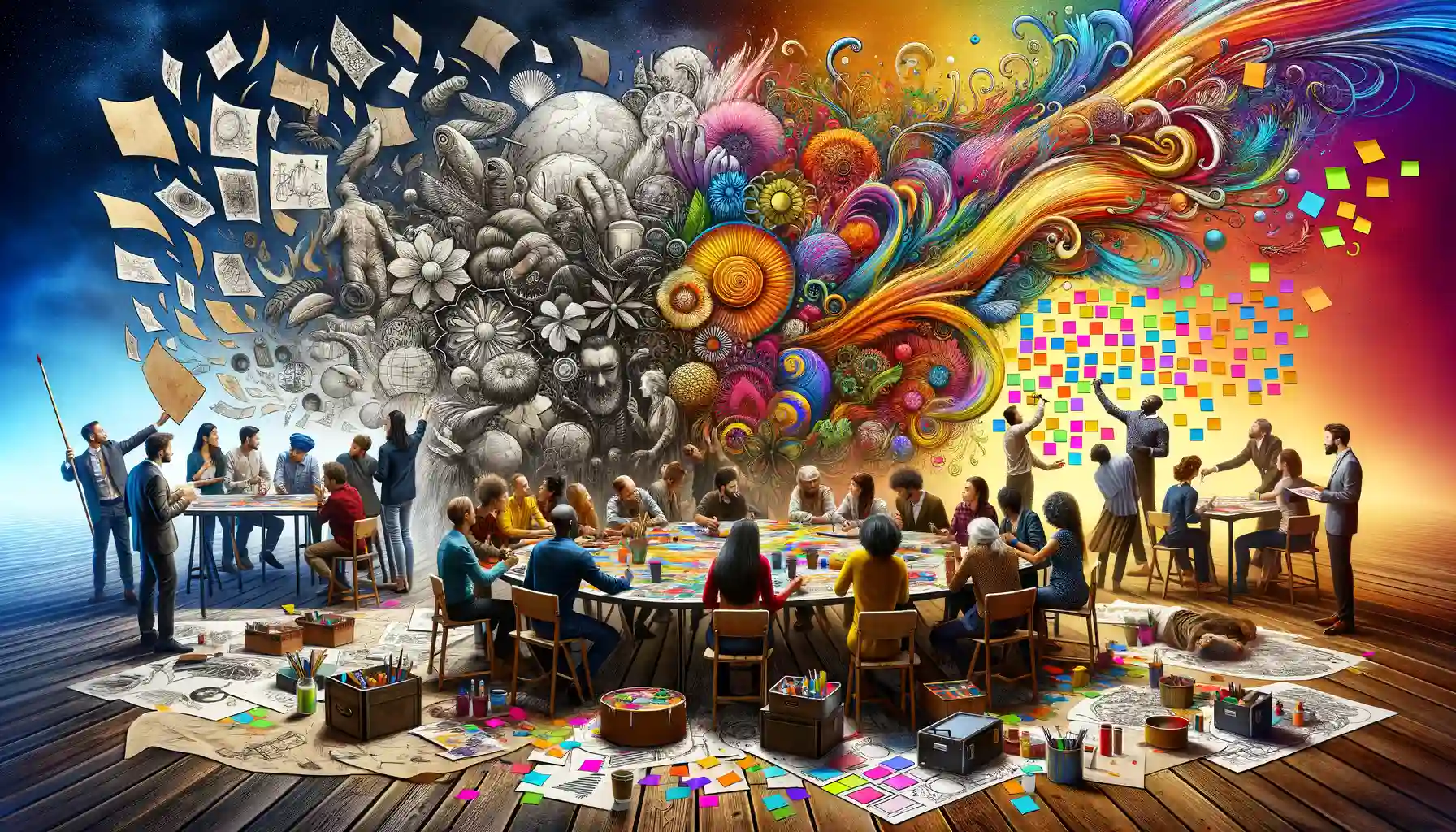
Fuel Your Fire with Fresh Ideas
Imagine this: you’re staring at a blank sneaker, brush in hand, unsure of what to create next. It happens to the best of us—the dreaded creative block. But here’s the secret sauce: when you’re part of a community, inspiration is always just around the corner.
Sneaker customization communities are bursting with energy and diverse ideas. You’ll see people flipping classic designs on their heads or merging unexpected styles that leave you thinking, “Why didn’t I think of that?” Being surrounded by creators who see the world differently sparks your imagination in ways you can’t predict.
Ever find a small detail in someone’s work that makes you re-think your whole perspective? It’s the little things—a conversation about color theory or a shared laugh over a design fail—that suddenly evolve into your next masterpiece.
- Gain exposure to innovative techniques you didn’t know existed.
- Learn from how others tackle challenges and break through creative blocks.
- Discover unique twists on familiar trends that push you out of your comfort zone.
Your Vision, Amplified by Feedback
One of the most thrilling parts of joining a sneaker customization crew? Honest, constructive feedback that doesn’t feel like criticism—it feels like growth. Imagine posting your latest creation and getting reactions like, “This is fire! What if you added neon accents?” or “Your linework is so clean—how’d you nail that?”
When people care about the details as much as you do, your creativity levels up. There’s something magical about hearing someone else’s take on *your* vision. Maybe they’ll show you a new way to layer materials or approach your next project with a bolder mindset.
And here’s the plot twist: showing your work inspires others too. It’s a perpetual cycle of motivation and progress—because when one person shines, the whole community glows.
Networking Opportunities and Collaboration Benefits

Connect With Fellow Sneaker Enthusiasts
Imagine walking into a room filled with people who *get it*—the thrill of designing, the rush of creativity, and the joy of turning a blank canvas into pure art. By joining a sneaker customization community, you’re doing just that, except this “room” is endless and global. Suddenly, you’re swapping ideas with someone in Tokyo, sharing tips with a pro in Chicago, or brainstorming a collab with a rising artist from Paris.
These connections are more than casual chats; they’re bridges to new opportunities. Networking becomes second nature when you’re constantly surrounded by like-minded creators. Whether you’re looking for inspiration, feedback, or even a partner to co-design your next masterpiece, your community becomes your think tank.
Collabs That Break Boundaries
The beauty of working in a community lies in collaboration. Picture this: You specialize in bold, hand-painted designs, while another member excels at 3D printing custom lace tags. Together, you could create a pair of sneakers that stops people in their tracks.
Here’s what you can gain:
- Skill swaps: Learn a digital technique while teaching someone your airbrushing magic.
- Exposure: Your work reaches new audiences through joint projects.
- Support systems: Get hyped by your peers during tough creative blocks.
In a world where sneaker art is exploding, these collaborations aren’t just fun—they’re career game-changers.
Access to Exclusive Resources and Expert Advice

Unlock Tools, Tips, and Hidden Gems
Imagine having a VIP pass to the world of sneaker customization. When you join a community, that’s exactly what you get. Members often gain access to tools, insider tips, and resources that are simply off-limits to the average hobbyist. Want to know which paints won’t crack after months of wear? Or where to snag premium-quality laces that make your design pop? You’ll find answers here, and more.
Communities often share curated guides, product recommendations, and trade secrets—things you’d never discover scrolling through random blogs at 2 a.m. It’s like stepping into a treasure chest every creator dreams of opening. And don’t even get me started on the giveaways and discounts many groups offer for coveted supplies!
Expert Advice at Your Fingertips
Ever wished you had a seasoned artist guiding your hand while you paint your first pair? Joining a sneaker customization community gets you pretty close. Many platforms feature advice straight from pros who’ve walked the walk (or, should we say, rocked the kicks).
- Live Q&A sessions with expert customizers
- Exclusive tutorials breaking down advanced techniques
- Feedback loops where skilled members help fine-tune your designs
It’s not about lectures; it’s about conversations. These experts treat you like a peer, helping you skip rookie mistakes and evolve faster than you thought possible.
How a Community Fosters Growth and Skill Development

Learning by Doing, Together
Picture this: you’ve just finished your first sneaker customization project, and there’s a flaw staring back at you. Maybe the paint bled into the wrong panel or the stitching didn’t quite align. Now imagine a group of experienced, supportive creators stepping in with real solutions. That’s the magic of a community—it’s not just feedback; it’s insight wrapped in encouragement.
In these spaces, members often share their “aha!” moments. Someone might post about mastering perfect leather prep or how to use an airbrush for crisp color gradients. You’re not just hearing theories—you’re learning from people who’ve been in your exact shoes (pun intended). This back-and-forth accelerates progress faster than trial and error ever could.
Pushing Your Potential
When you’re surrounded by individuals driven by the same passion, growth becomes second nature. Communities introduce you to challenges you never considered tackling before. Some groups organize collaborative projects, like creating themed sneaker collections. Others may host monthly skill-building sessions.
- One member might run a workshop on turning ideas into stencils.
- Another could break down advanced techniques like hydro-dipping or dye-based designs.
It’s not competition; it’s *momentum.* Being part of something larger pushes you to reach new heights, proving that no one achieves greatness alone.

